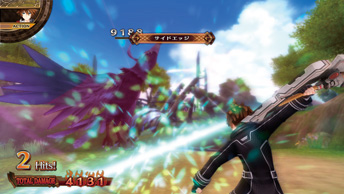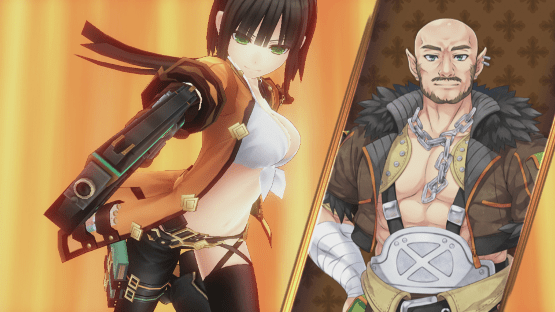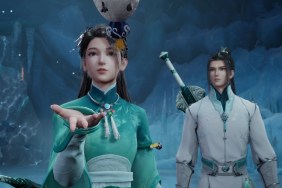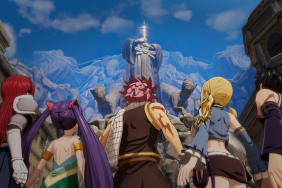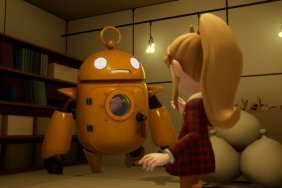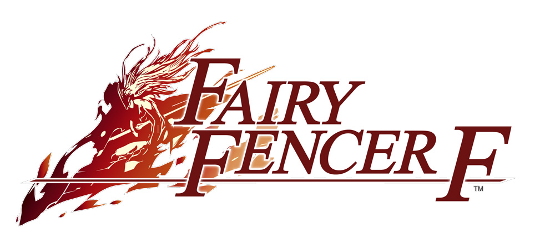
Fairy Fencer F is coming stateside and to Europe, after nearly a year since its Japanese release. NIS America has done its duty, and is bringing another JRPG to the PlayStation 3. Does FFF do enough to warrant a purchase?
If you’re a fan of JRPGs, then the answer is yes. The game starts with all the necessities of a JRPG: a flashy intro shows off a lot of the characters (including plenty of skin on some of them) while thumping techno blasts out of your television at a disturbingly high volume. This is the only true cut-scene you’ll see for most of the game. Successive narratives are presented with a couple of cutouts of characters as they talk, with text scrolling below them. If you’ve played any recent JRPG, especially from NISA, then you know the drill. Honestly, the whole setup just feels like Mugen Souls Z but with fewer childish (looking) characters.
You play as Fang, an apathetic young man with no real aspirations other than to eat and sleep as much as he pleases whenever he pleases. He stumbles upon a bustling town where there just so happens to be a sword stuck in a rock that no one can pull out. Rumor has it that it is a Fury, which is a legendary weapon that a goddess and an evil god used long ago to fight each other. Of course, it wouldn’t be much of an adventure if our hero couldn’t pull the sword from the stone, so he gives it a try and yanks it right out. Out pops the Fairy inhabiting the sword, who informs Fang that he is now destined to become a Fencer, which is someone who runs around the world in an attempt of collecting all 100 (or so) Furies in order to wake up the goddess, who has been in a deep sleep right next to the evil god, trapped alongside him during their last epic battle.
The main storyline isn’t too creative. However, the interactions between individual characters is actually quite entertaining. Fang says particularly funny lines when you least expect it, and main female lead Tiara gets in a good jab from time to time. Lines are voiced throughout the main campaign, and for the most part the voice work is not overdone or too cheesy. It’s a long story, of course, in true JRPG fashion — expect a 30+ hour campaign, easily. You definitely get your money’s worth of content.
Combat is a turn-based affair, as you can move anywhere within a predetermined circle before deciding to attack, cast a spell, wait, or try to escape. After running through the tutorial, you unlock a combat system that enables you to perform a basic attack followed by your choice of moves such as flinging the enemy into the air, attacking multiple times, or hitting a bit harder. You also build up a tension meter by taking or causing damage, and once it is at a high enough level, you are able to “Fairize.” You are shown a short action sequence in which the character that is Fairizing strikes a pose, flings their weapon high into the air, and gets impaled by it on its way down. It’s a very bizarre sequence, but it transforms your character into a part-machine looking fighter, and of course you do more damage in this state. Taking too much damage will cancel the effect out, and you can cancel out of it at any time to save your tension meter for later.
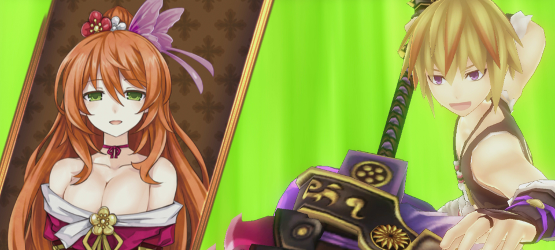
Beyond equipping different fairies and leveling up your characters’ abilities, there isn’t much else to the game. There is no “overworld” to speak of — each town is simply a collection of pictures, and each location is a static image with more menus. There are people to talk to and shops to purchase and sell goods in, but there’s inherently no exploration in this form. A world map provides that, with another bizarre system: you take a Fairy and, provided the ability is available for it, turn it into a giant sword that stabs the ground. This can reveal a new dungeon, and each Fairy also provides buffs that will be enabled for the duration of your time in the dungeon. The catch is that in order for these buffs to stay on during your battle, the Fairy that is stabbed into the ground cannot be taken into battle with you. It’s a creative yet weird way to make use of the fact that fairies inhabit weapons in this world.
Graphically, Fairy Fencer F is pretty disappointing. The “cut-scenes,” locations and town maps are excellently detailed, but the issue is with the dungeons. It’s a low-framerate, blurry experience whenever you’re outside of a battle. I couldn’t quite figure out why, either, as the graphics that the game is pushing don’t look particularly high-resolution or demanding. Thankfully, once you’re in a battle the frame-rate picks up, though this no doubt has to do with the fact that there is less background environment to draw. I understand that this is on the aging PS3, but I also know that the console is far more capable than this.
If you’re a JRPG fan who simply cannot get enough, this is an easy pickup. It’s got all of the usual anime-inspired artstyle, quirky characters and mechanics, and audio to match. But there’s not much to Fairy Fencer F beneath the surface. You’re out to reluctantly save the world, and combat quickly becomes too easy. The game is competent at giving fans of the genre exactly what they want, with all the grinding you could ask for. There’s really not much we haven’t seen before, and with a combat system so similar to Mugen Souls Z, it’s fair to say you already know if you want to buy this game or not.
Review copy was provided by the publisher. For information on scoring, please read our Review Policy here.
-
Commendable length of campaign.
-
Entertaining storyline.
-
Nice combat system.
-
Dated graphics.
-
Predictable storyline.
-
Static cutscenes.
Fairy Fencer F Screenshots Collection
-
Fairy Fencer F Screen 01
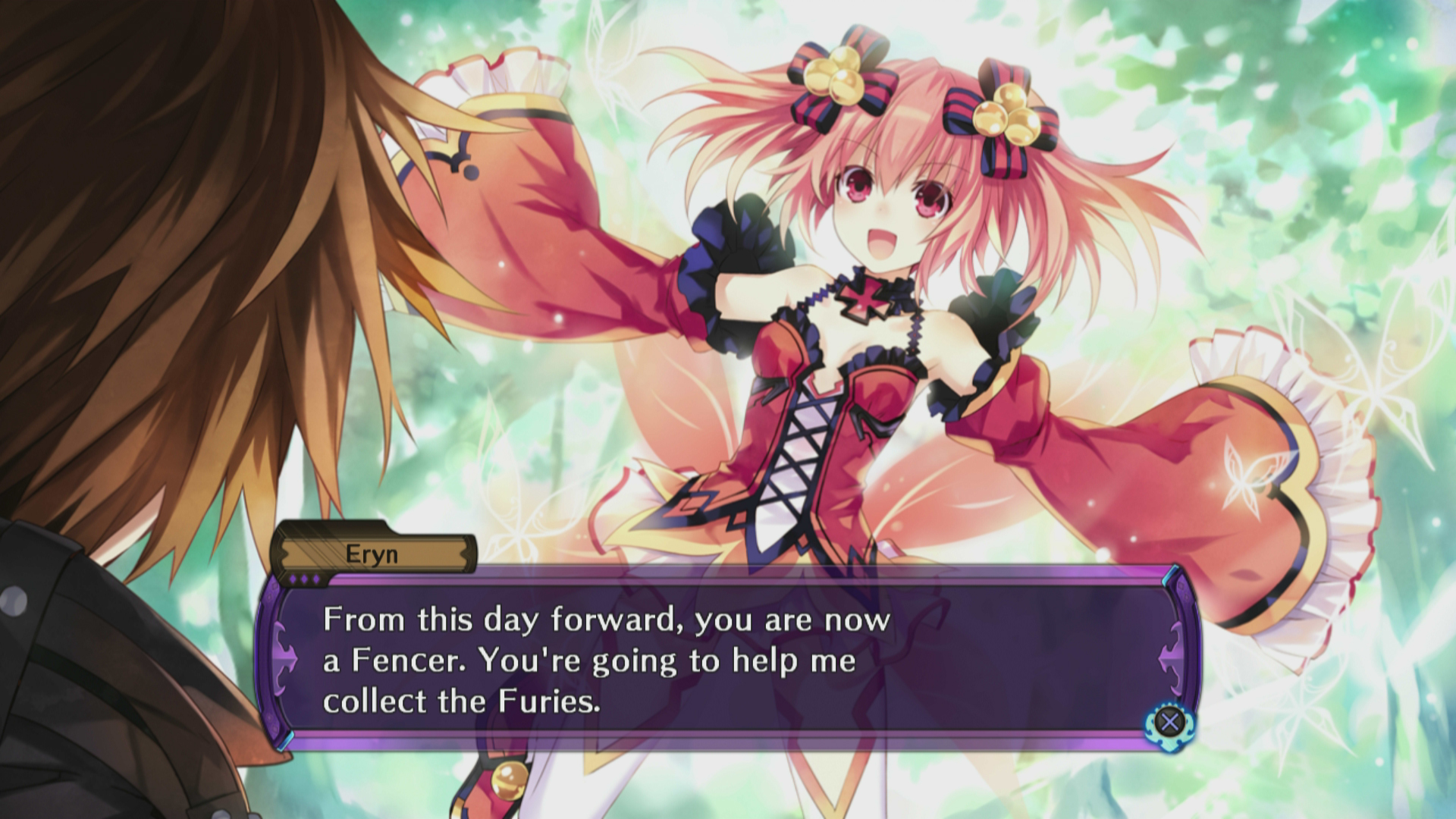
-
Fairy Fencer F Screen 02
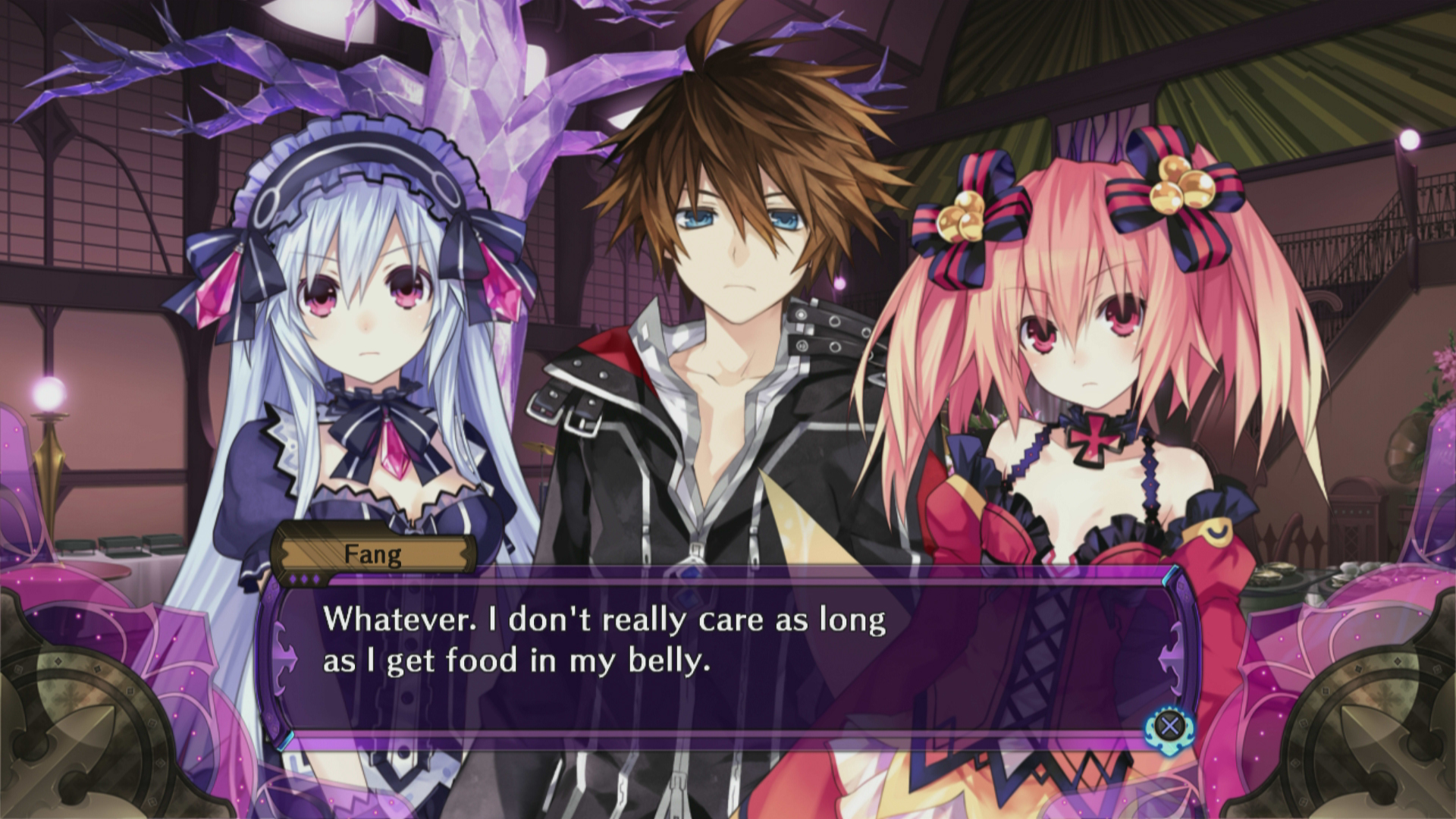
-
Fairy Fencer F Screen 03
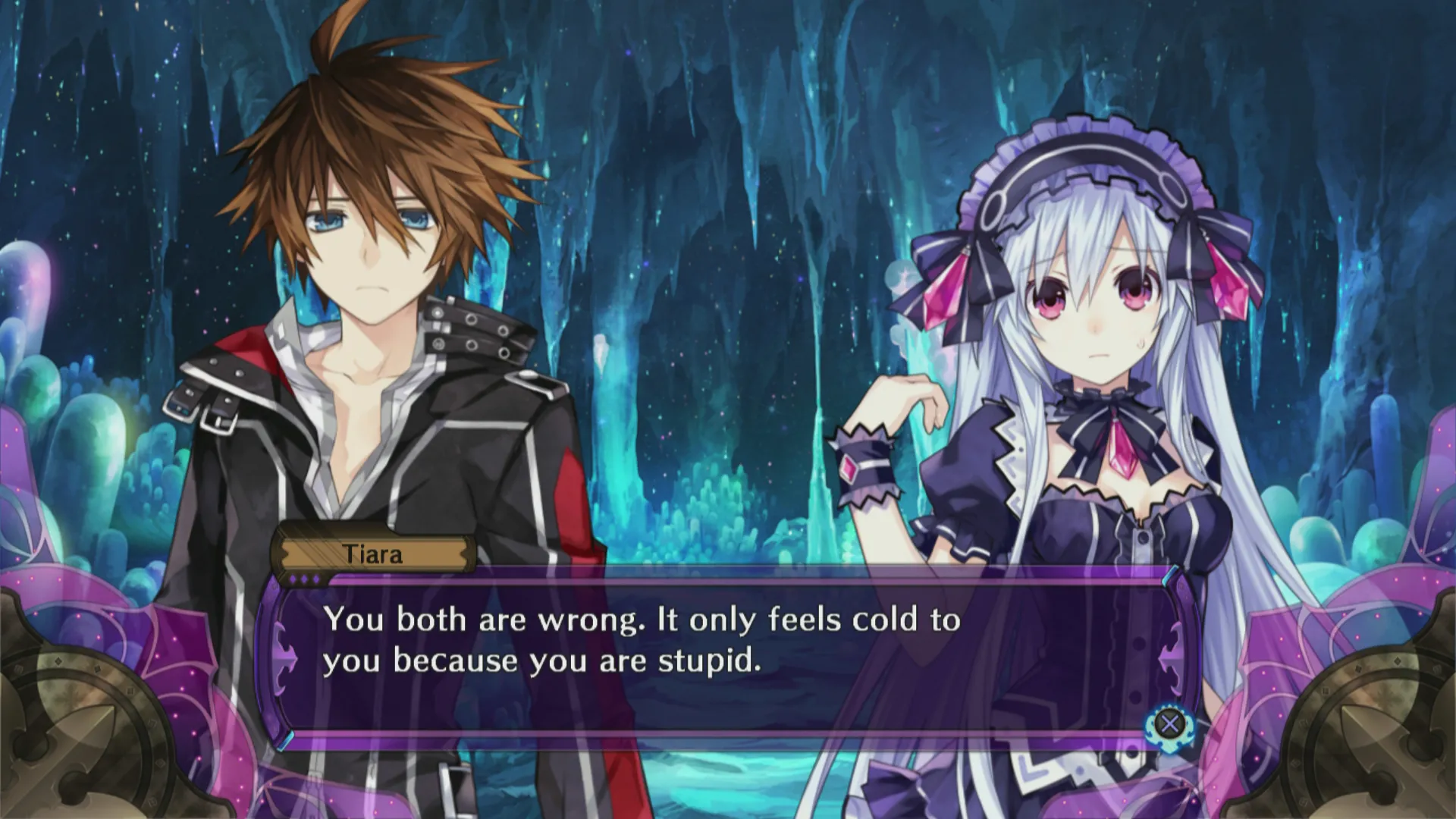
-
Fairy Fencer F Screen 04
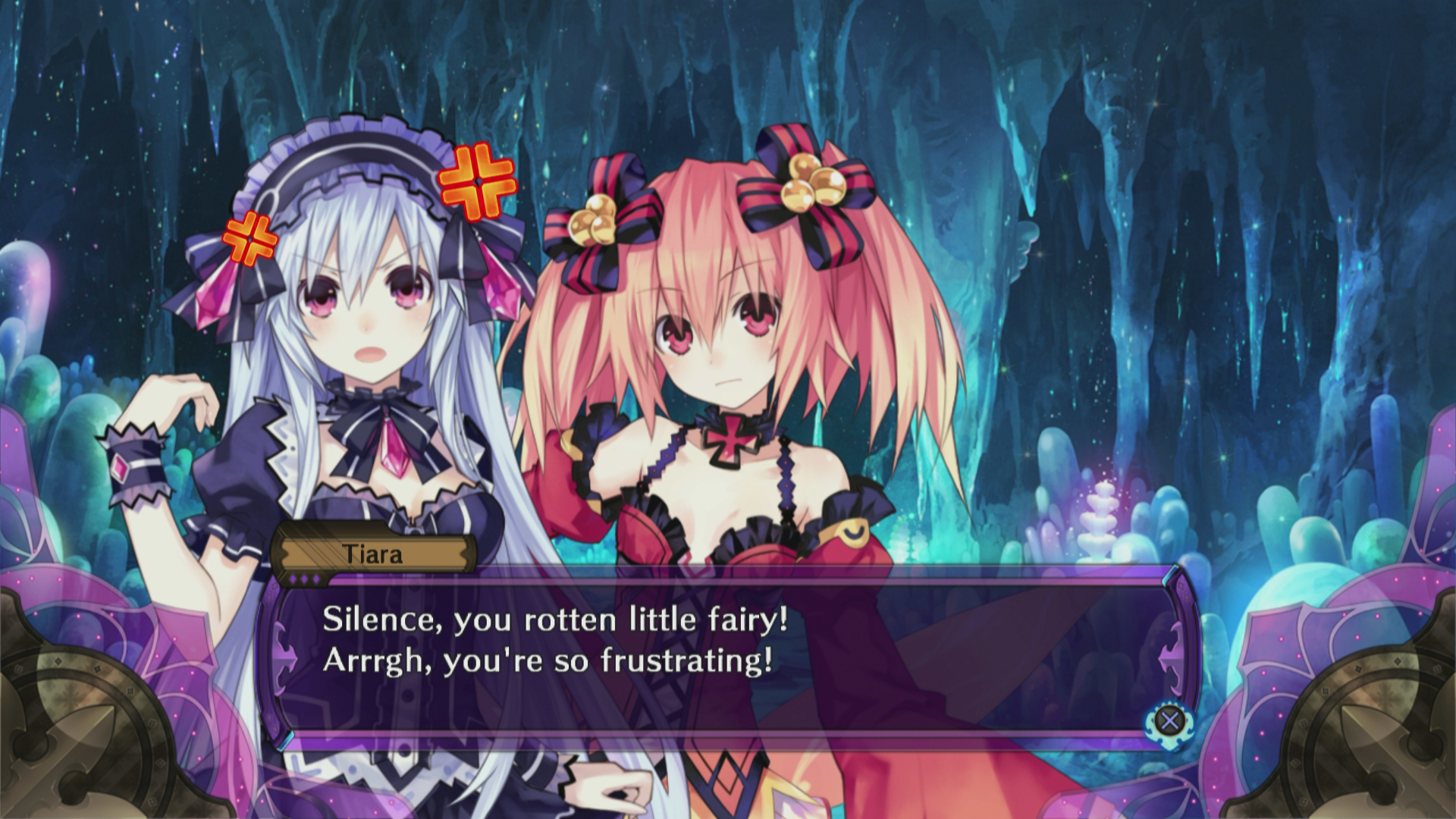
-
Fairy Fencer F Screen 05
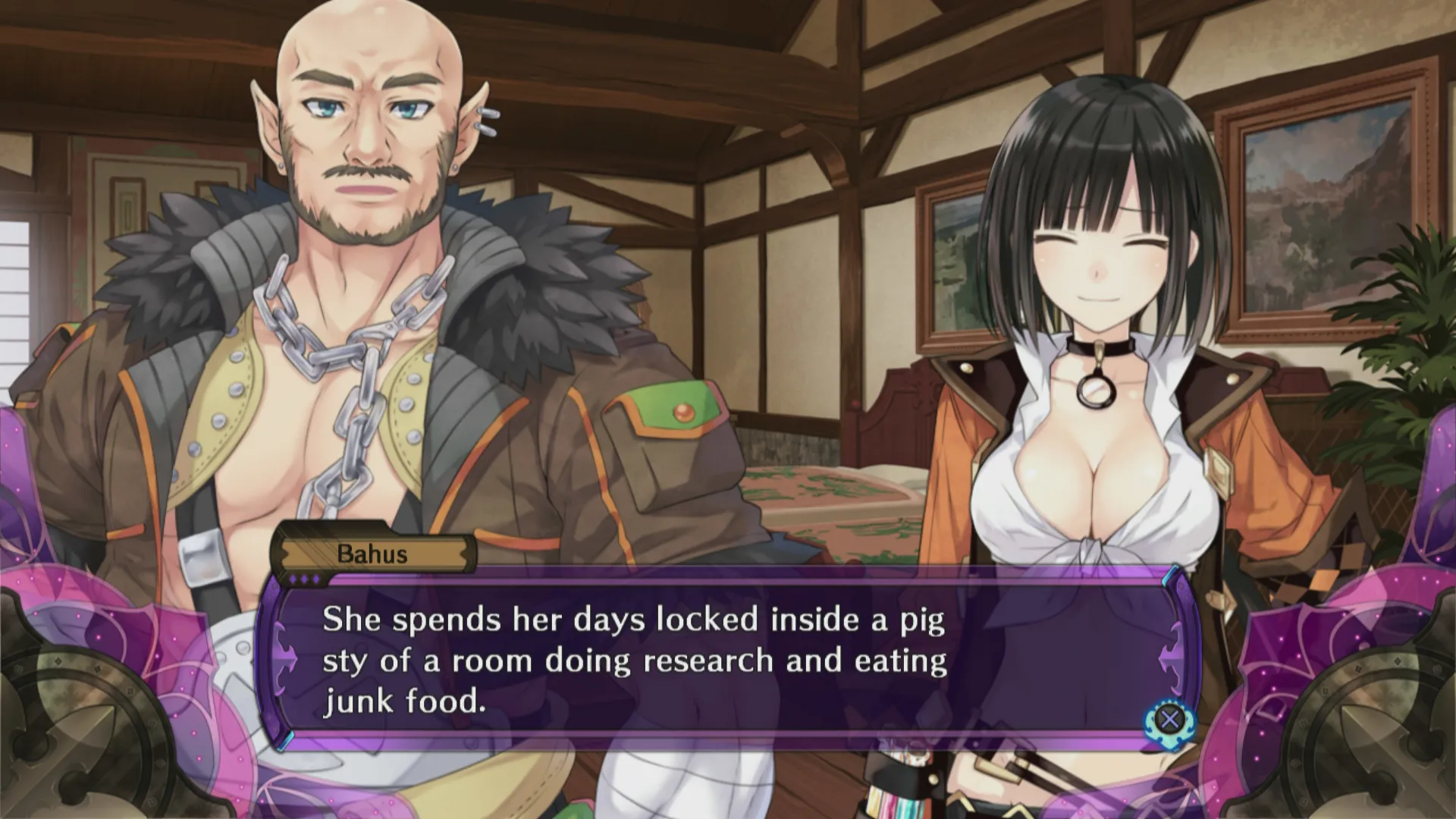
-
Fairy Fencer F Screen 06
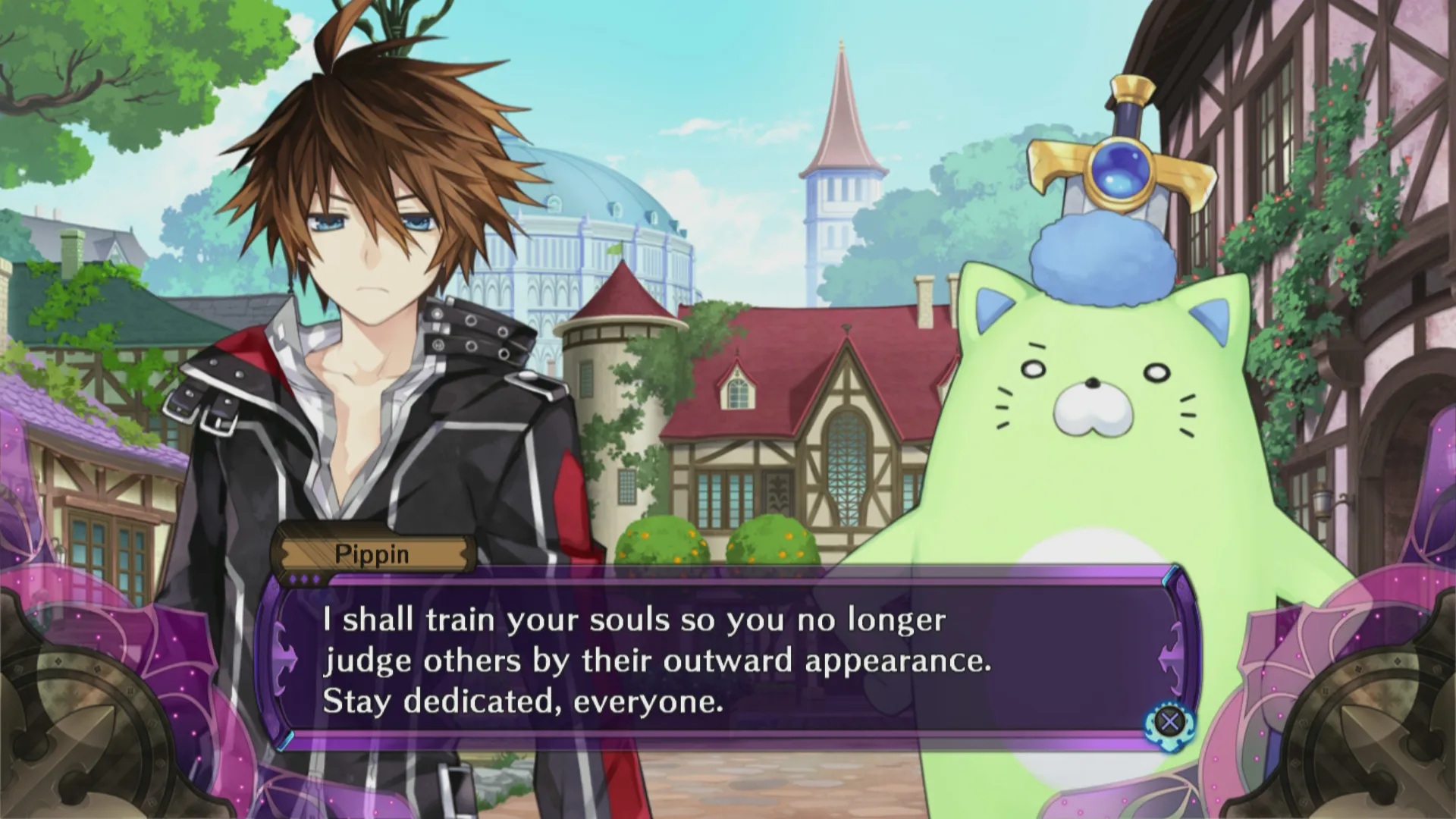
-
Fairy Fencer F Screen 07
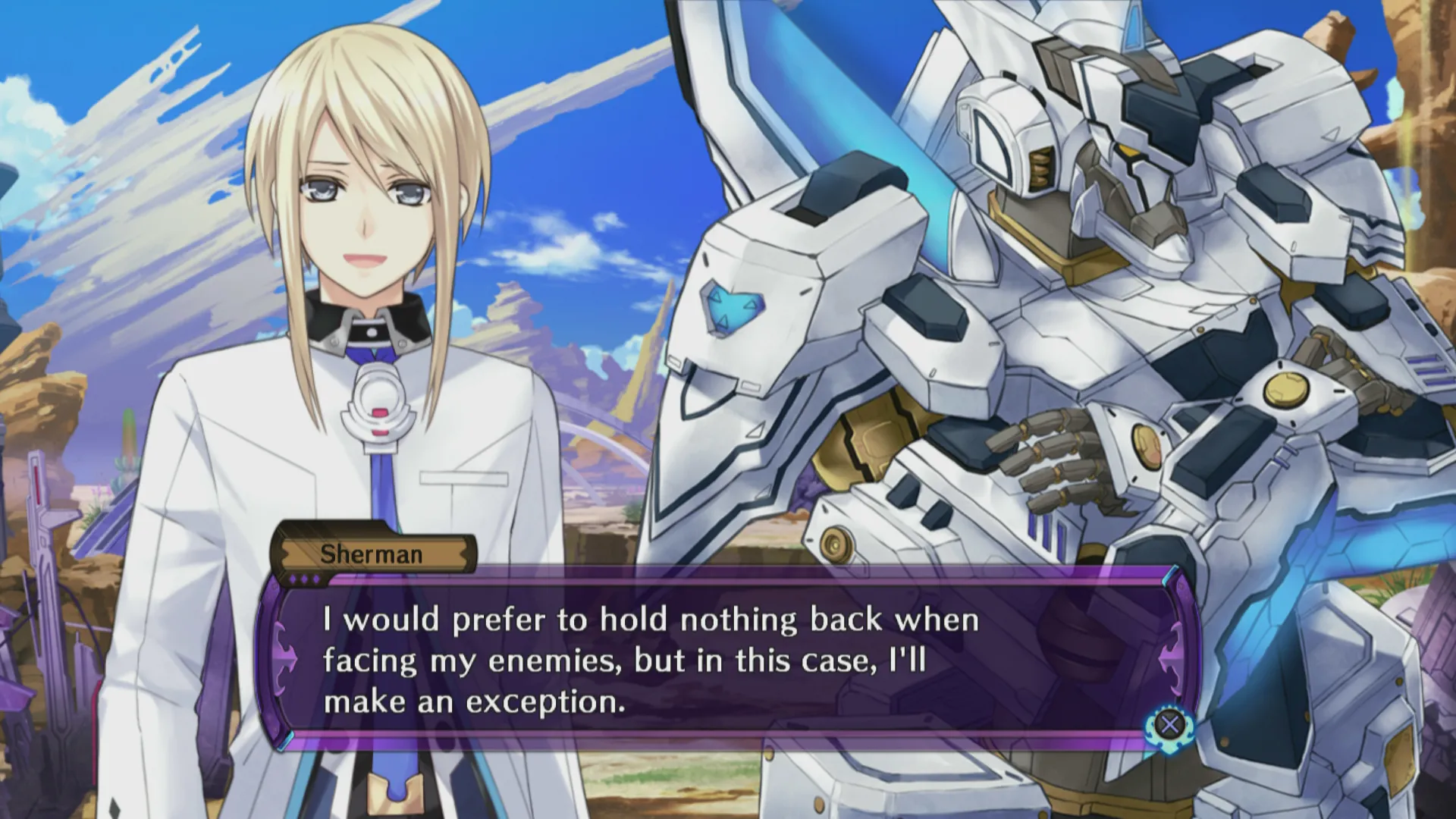
-
Fairy Fencer F Screen 08
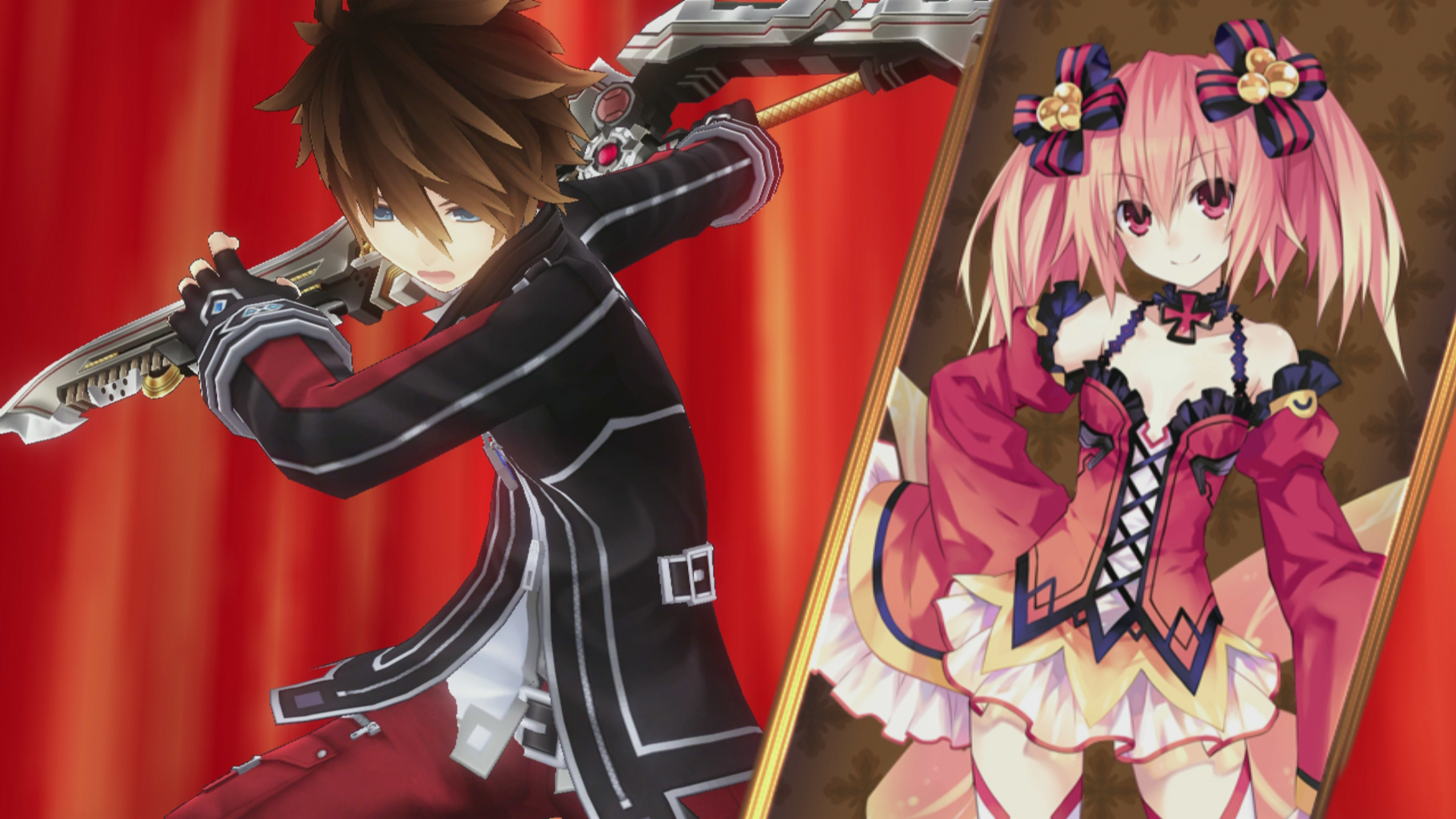
-
Fairy Fencer F Screen 09
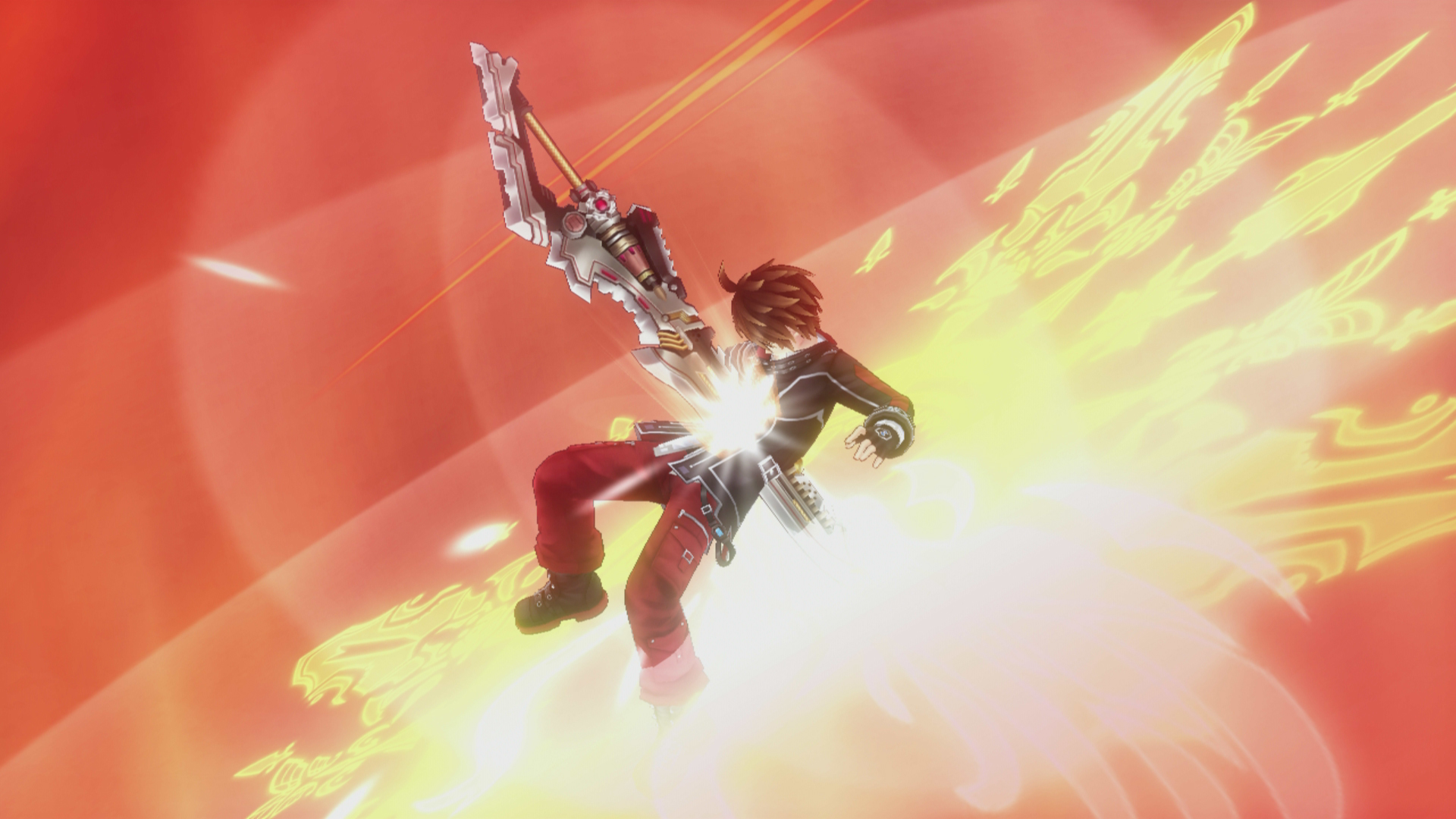
-
Fairy Fencer F Screen 10
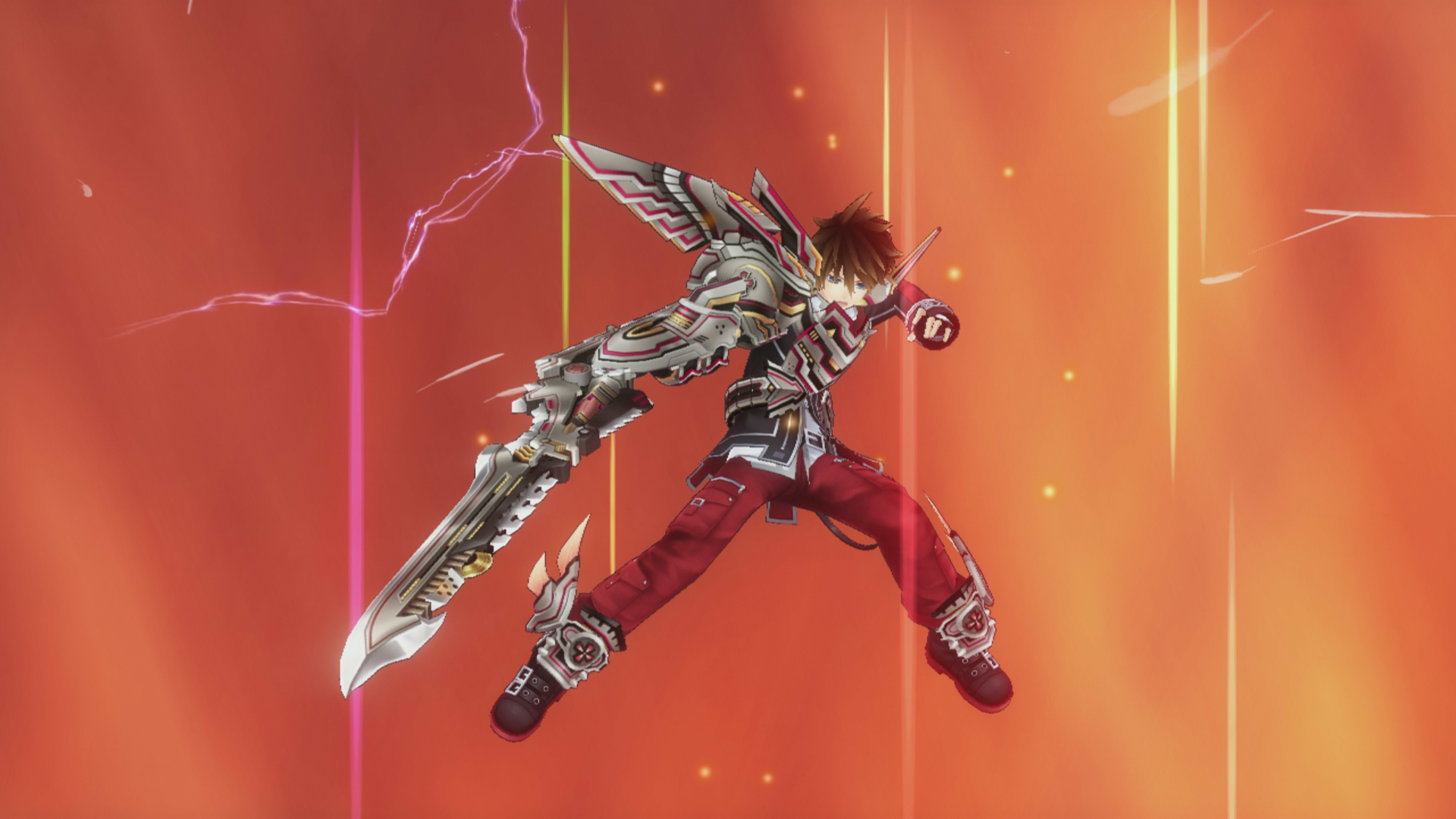
-
Fairy Fencer F Screen 11
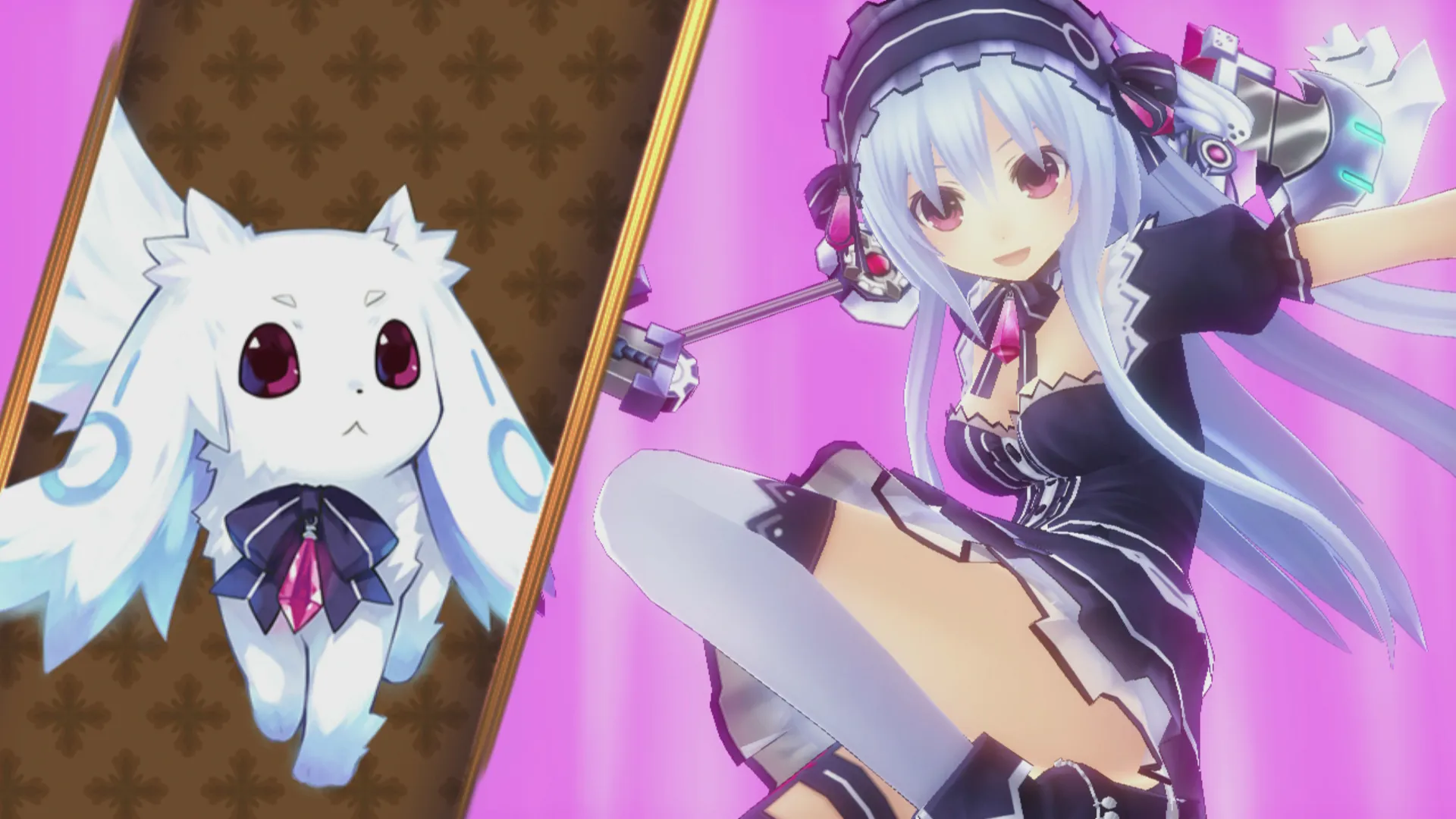
-
Fairy Fencer F Screen 12
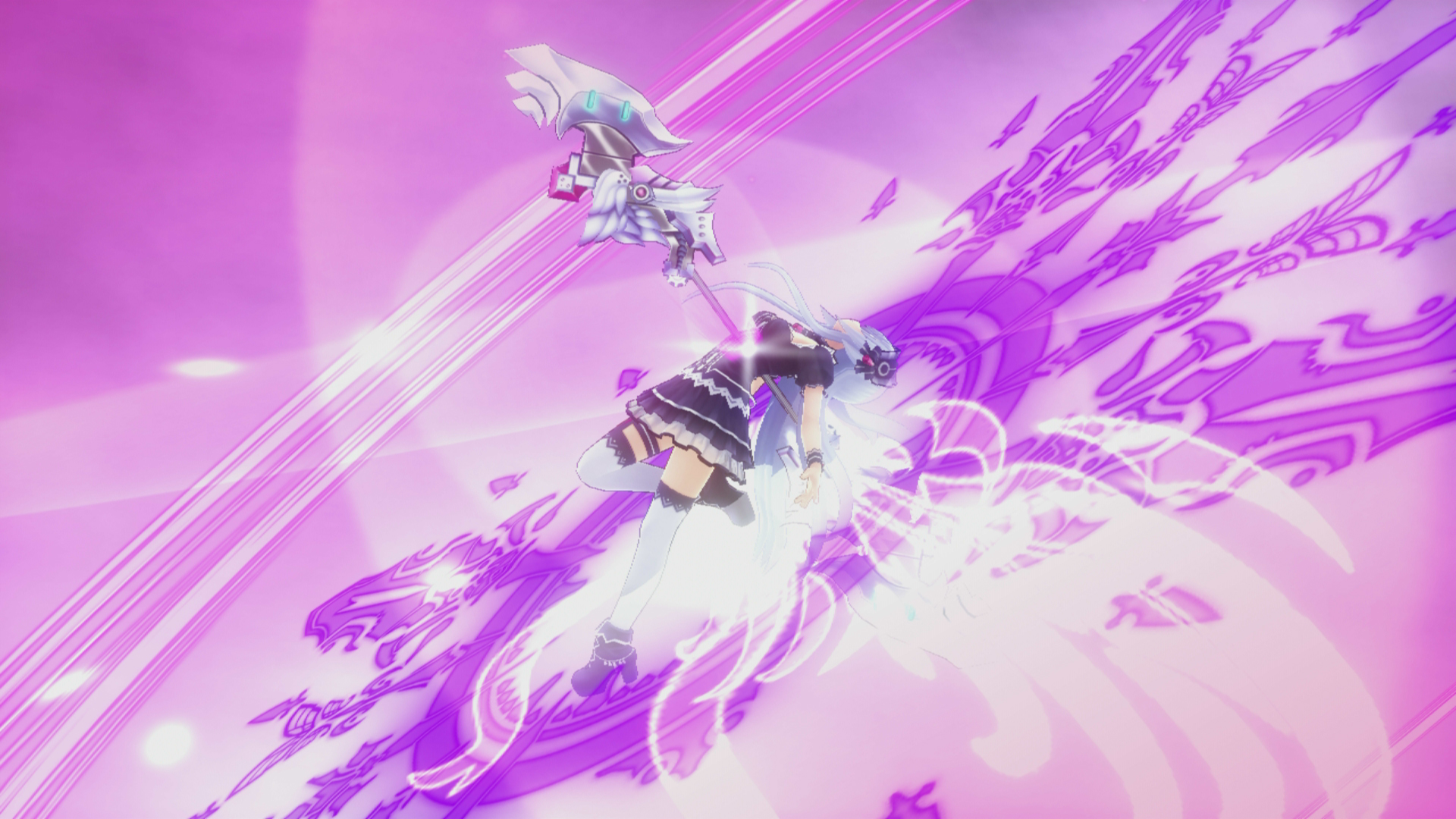
-
Fairy Fencer F Screen 13
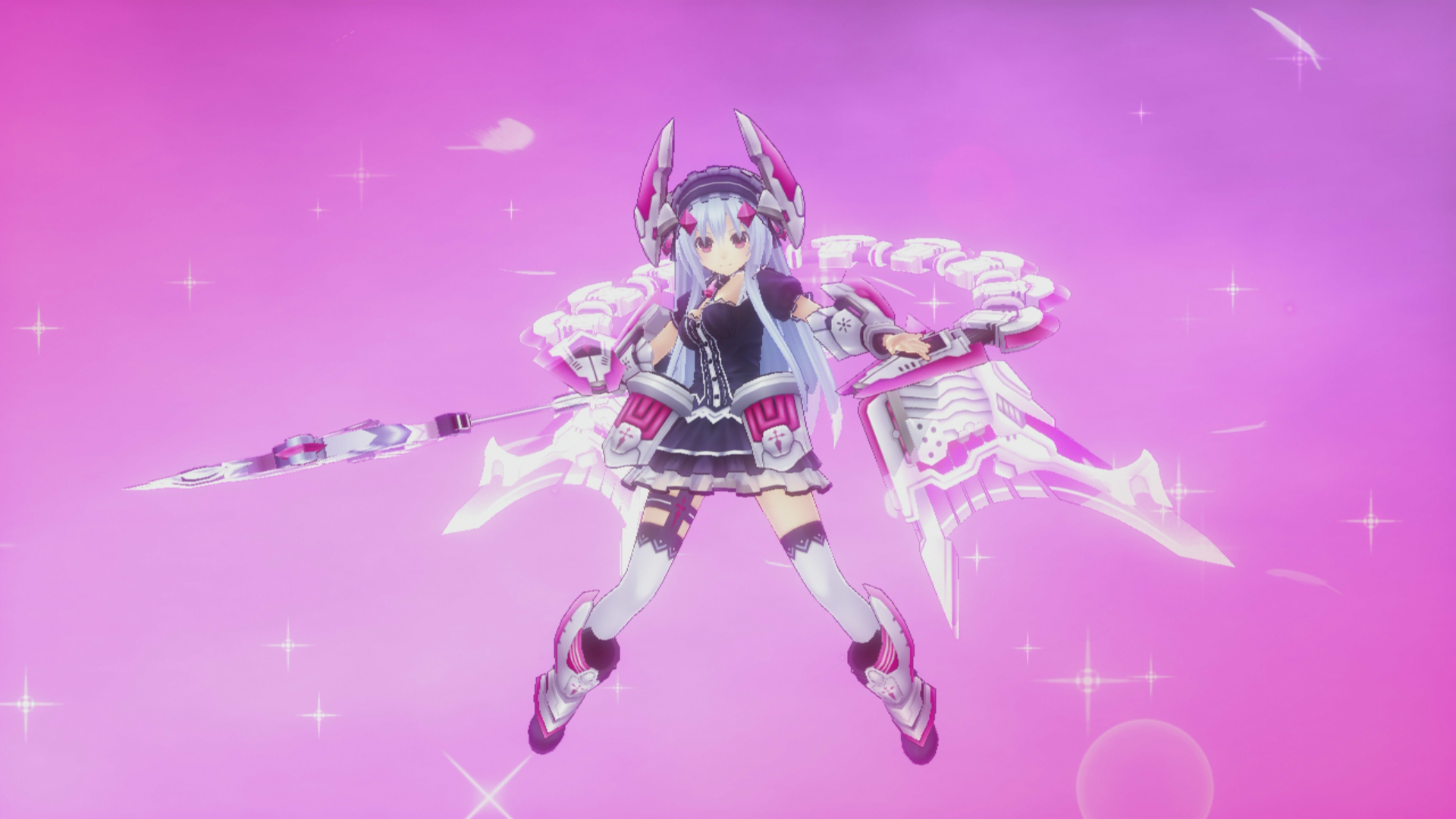
-
Fairy Fencer F Screen 14

-
Fairy Fencer F Screen 15
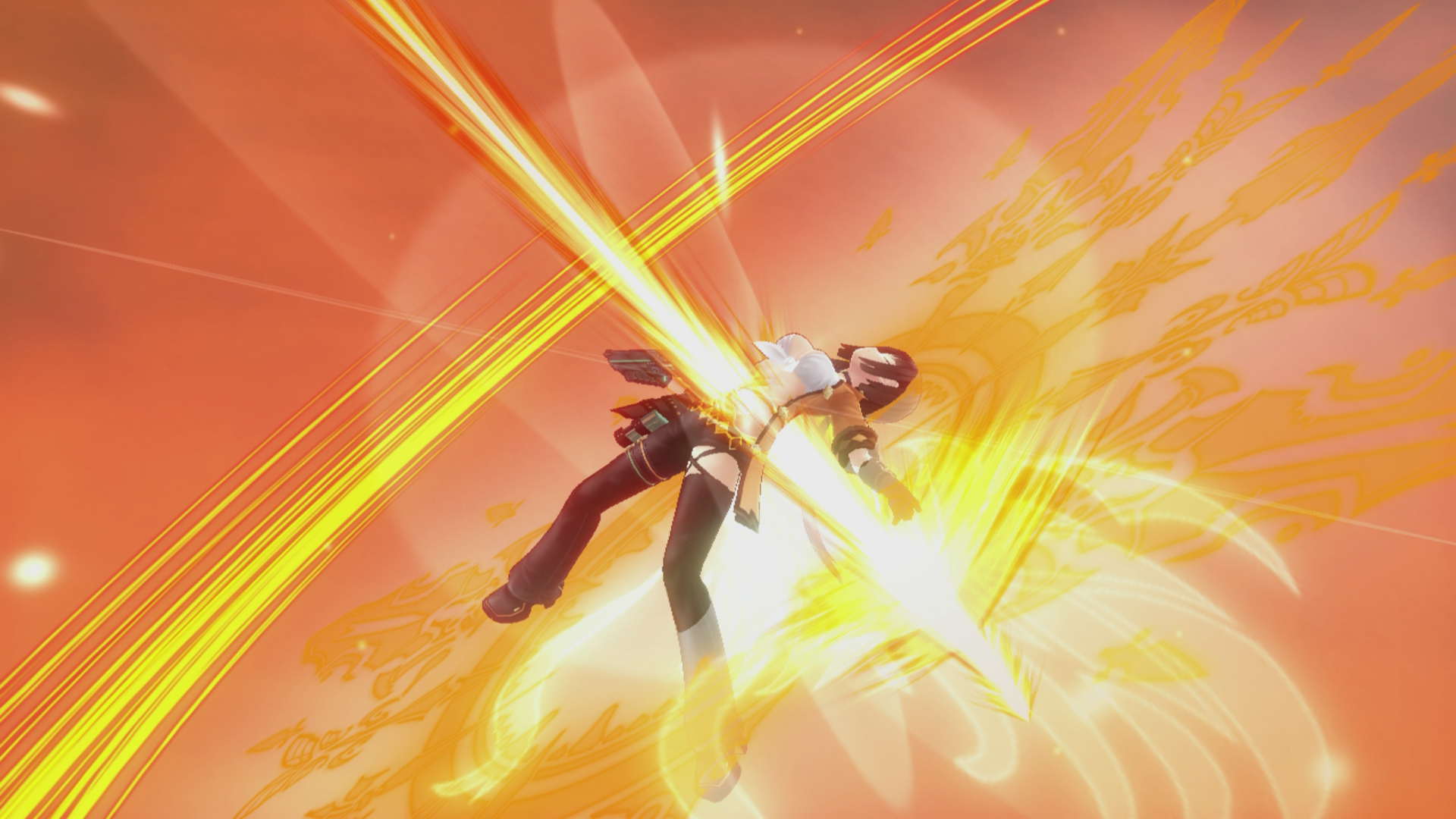
-
Fairy Fencer F Screen 16
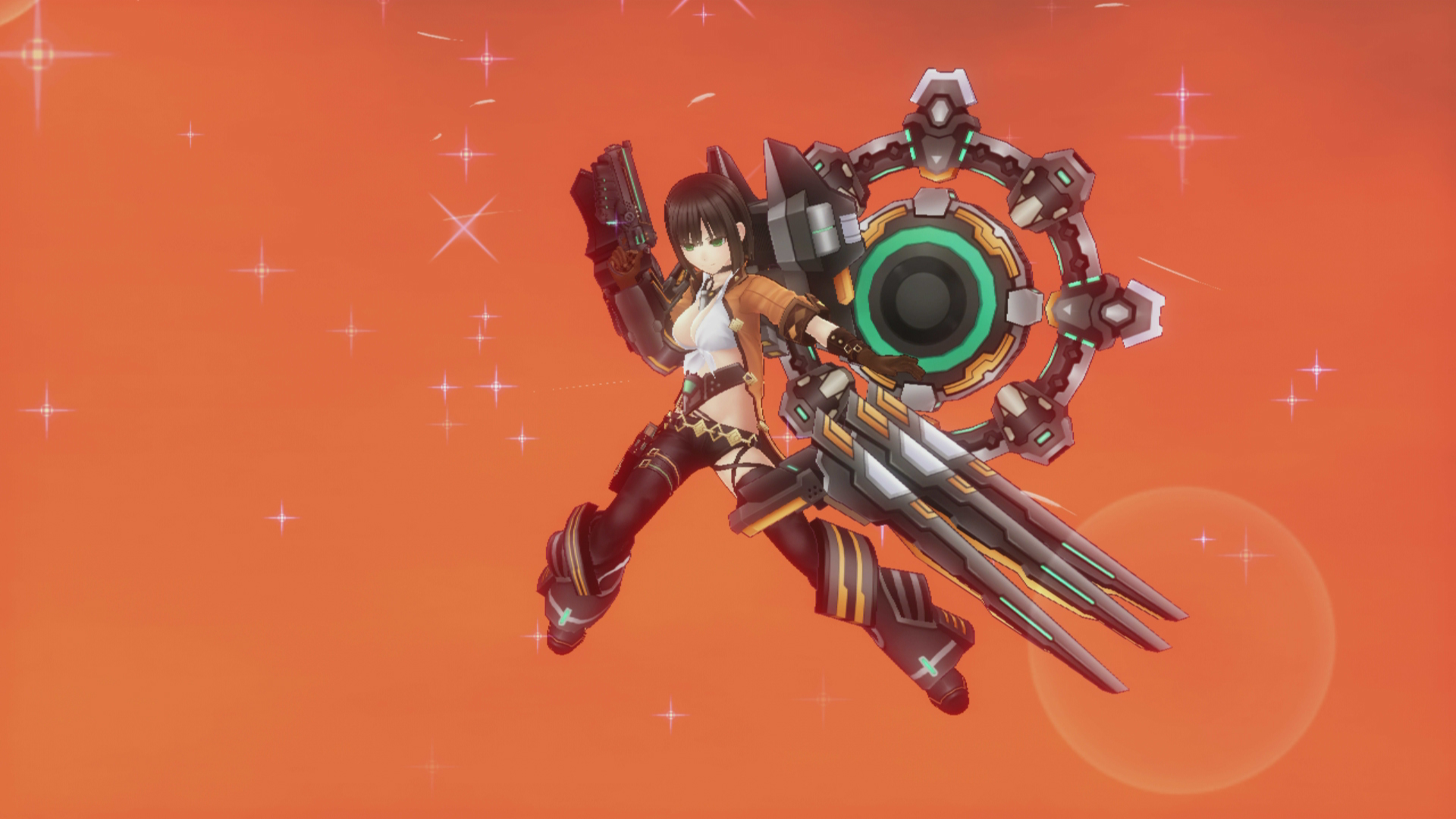
-
Fairy Fencer F Screen 17
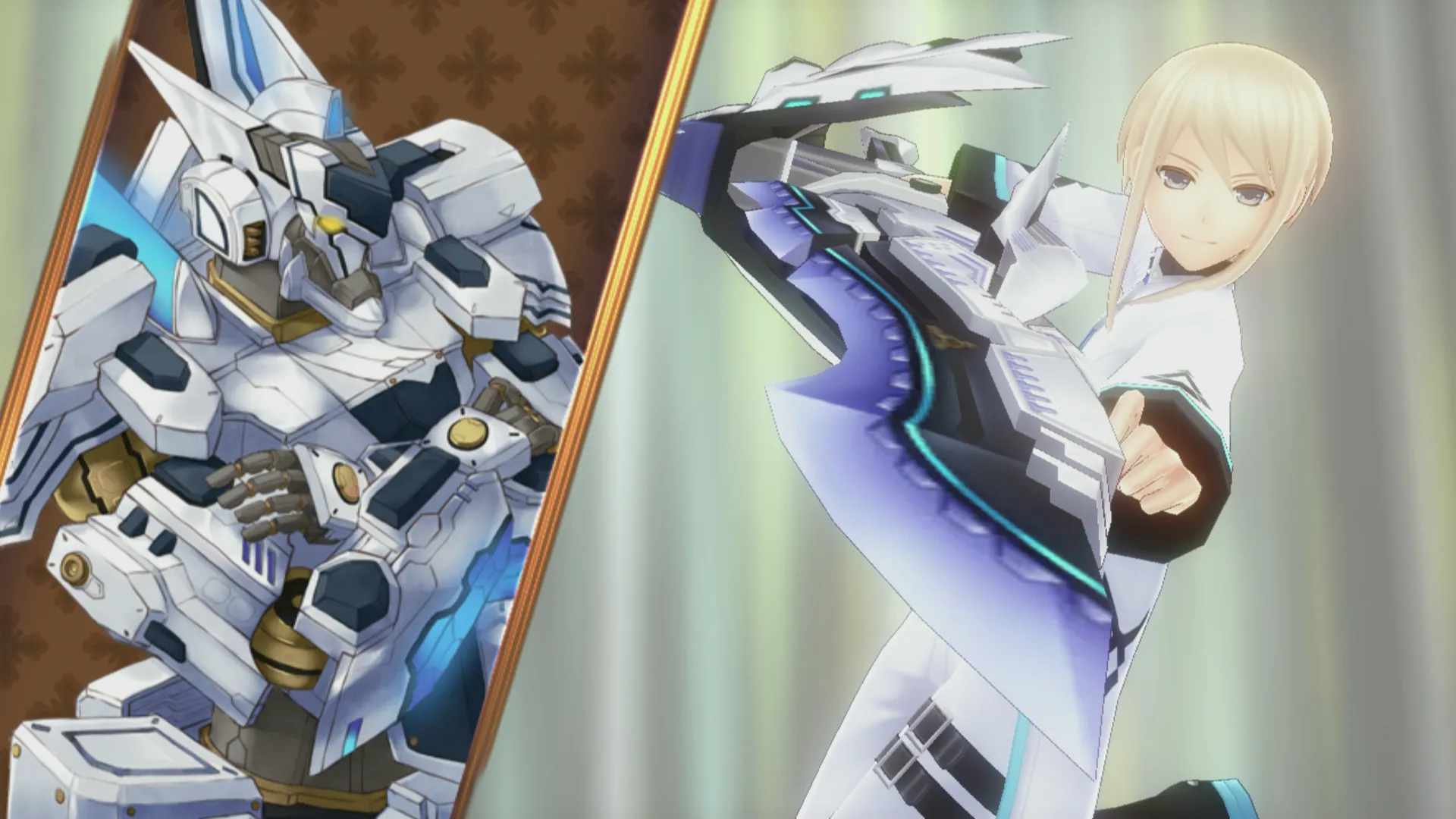
-
Fairy Fencer F Screen 18
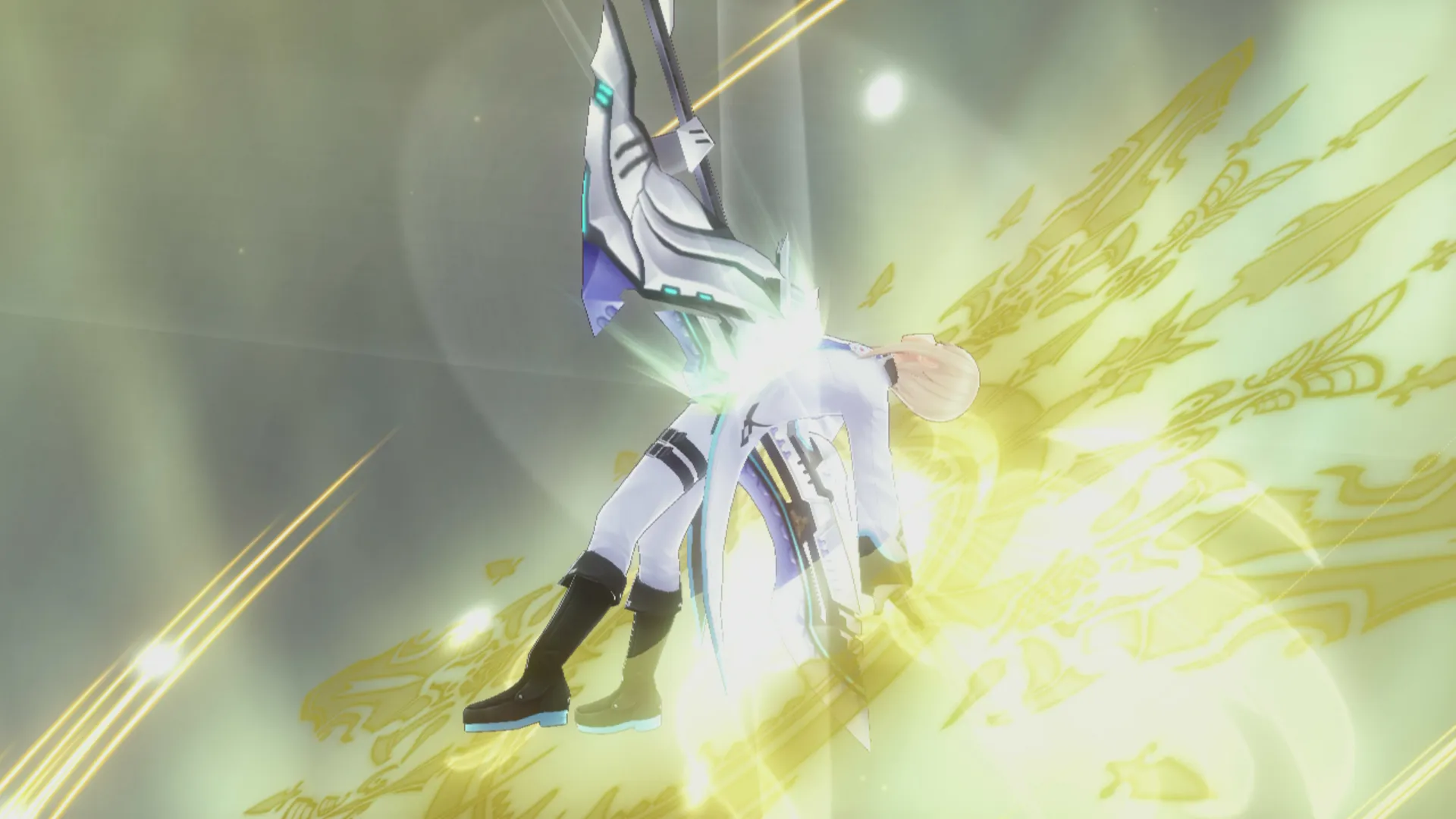
-
Fairy Fencer F Screen 19
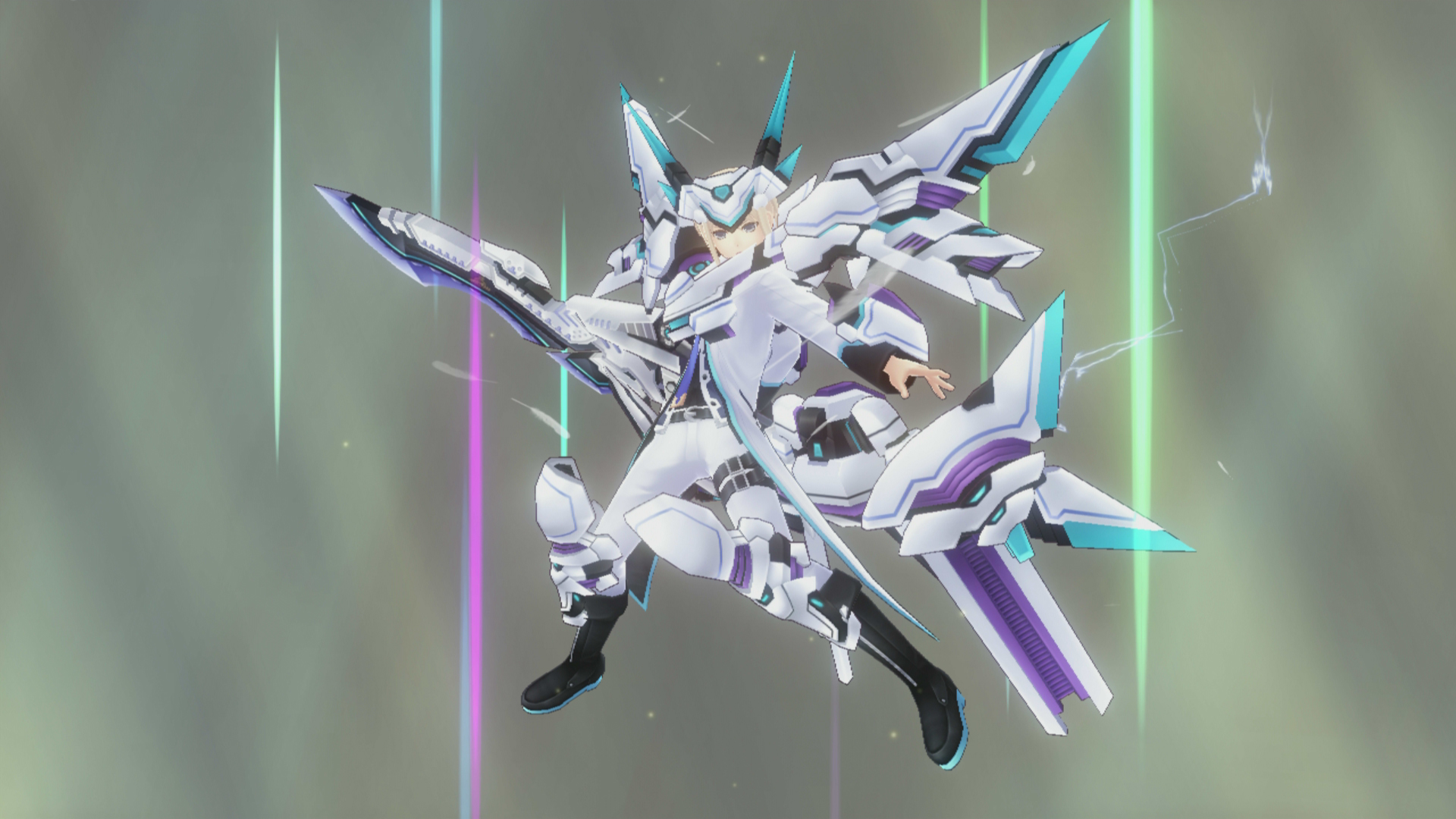
-
Fairy Fencer F Screen 20
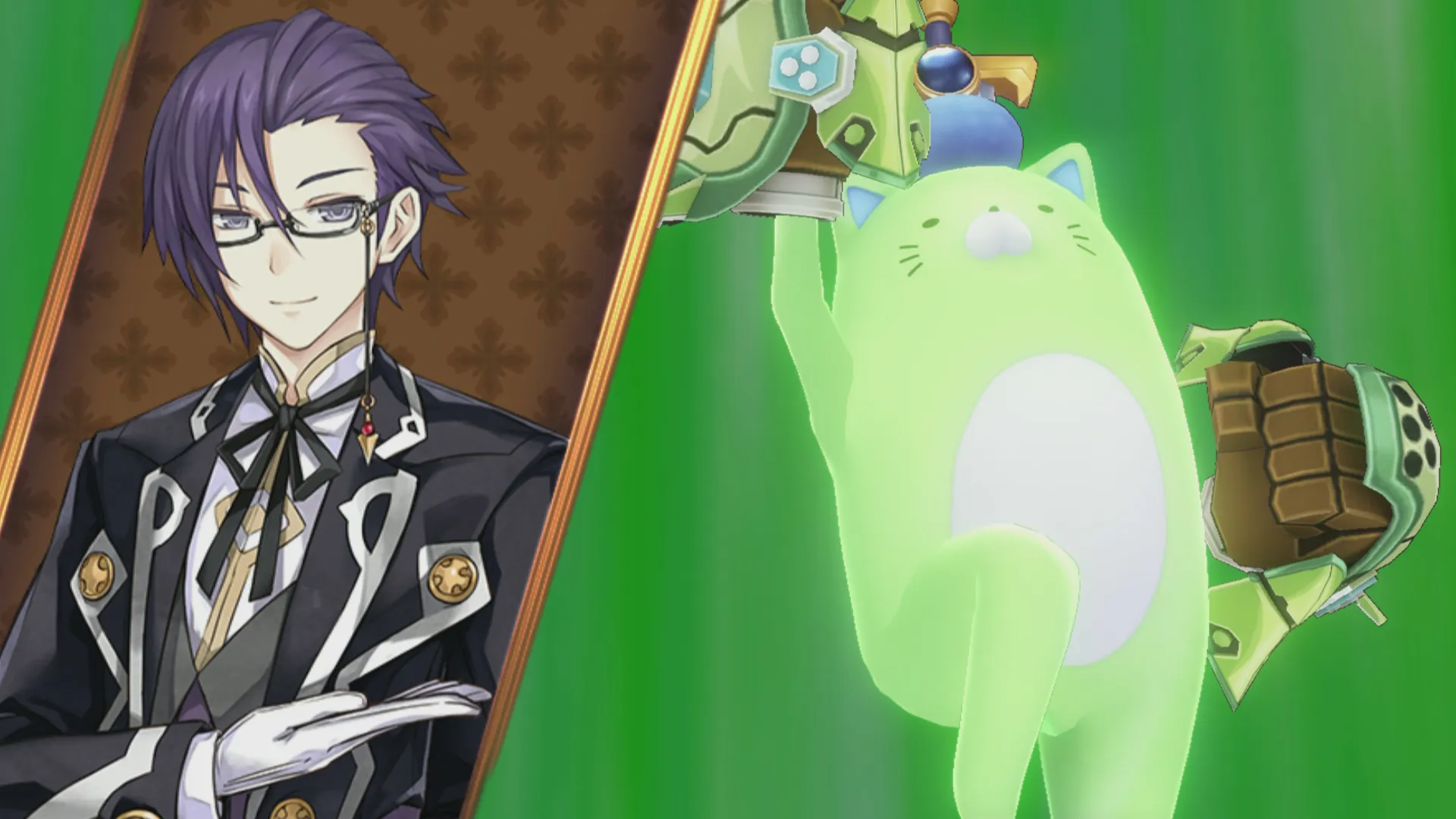
-
Fairy Fencer F Screen 21
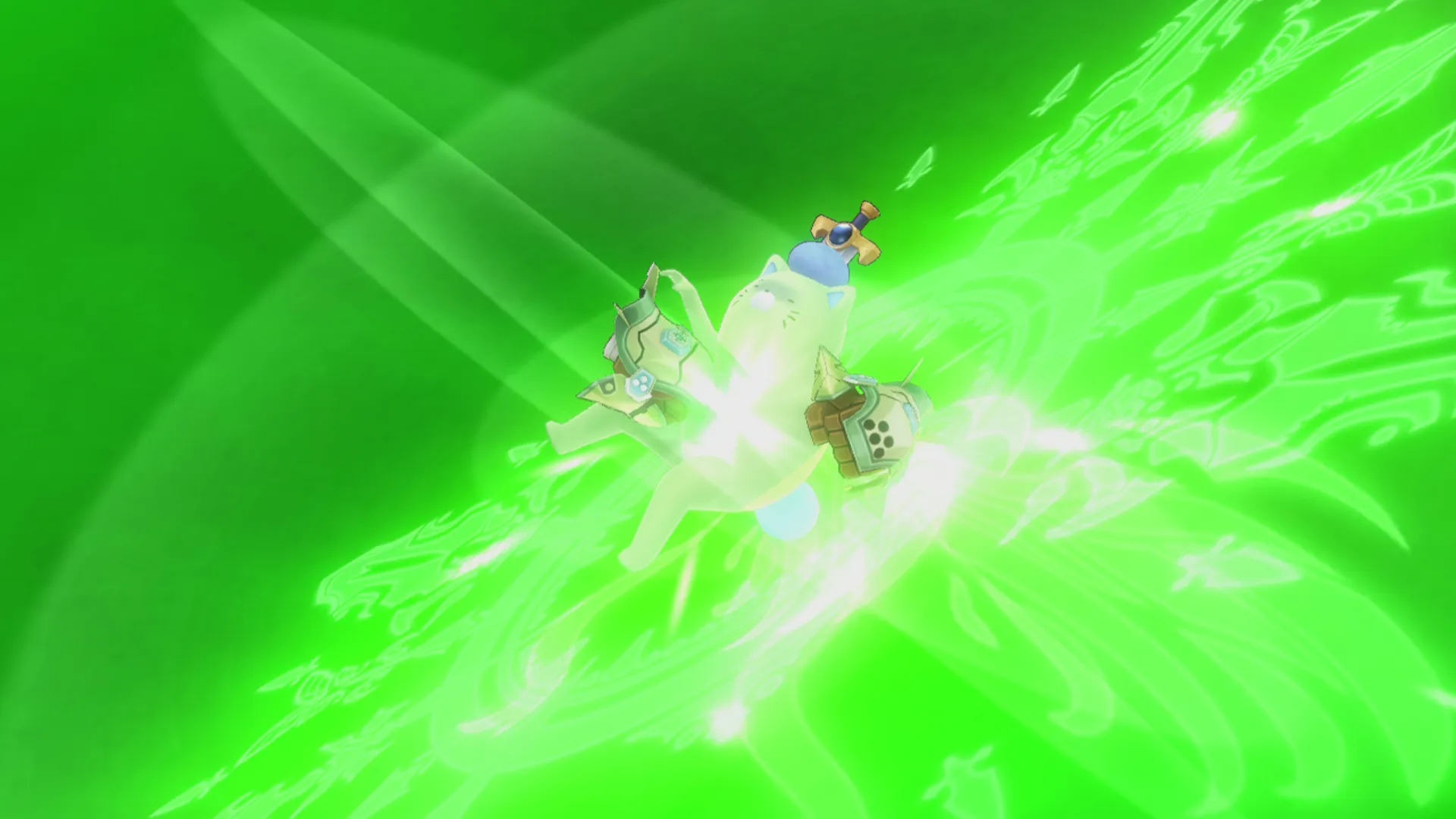
-
Fairy Fencer F Screen 22
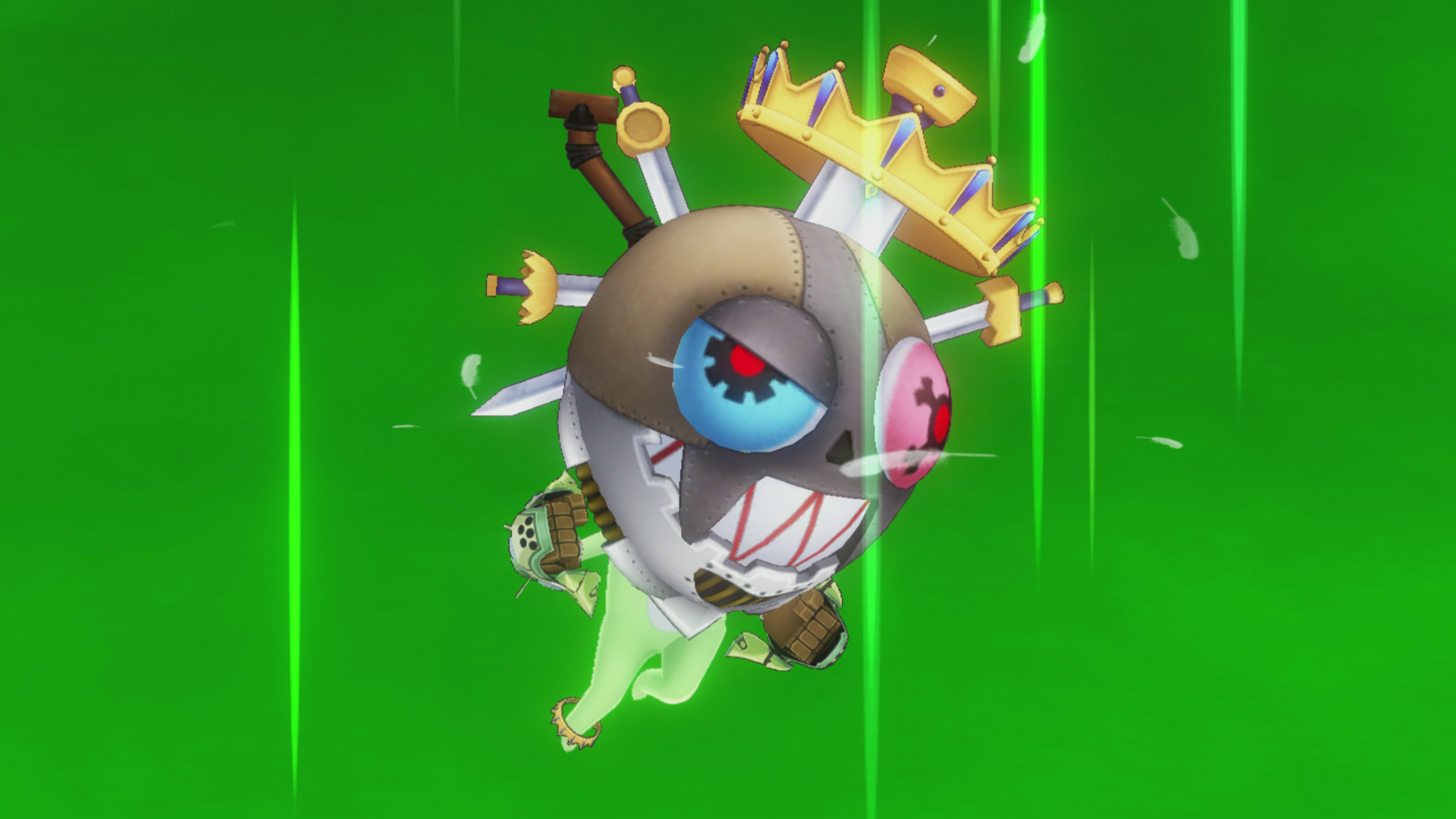
-
Fairy Fencer F Screen 23
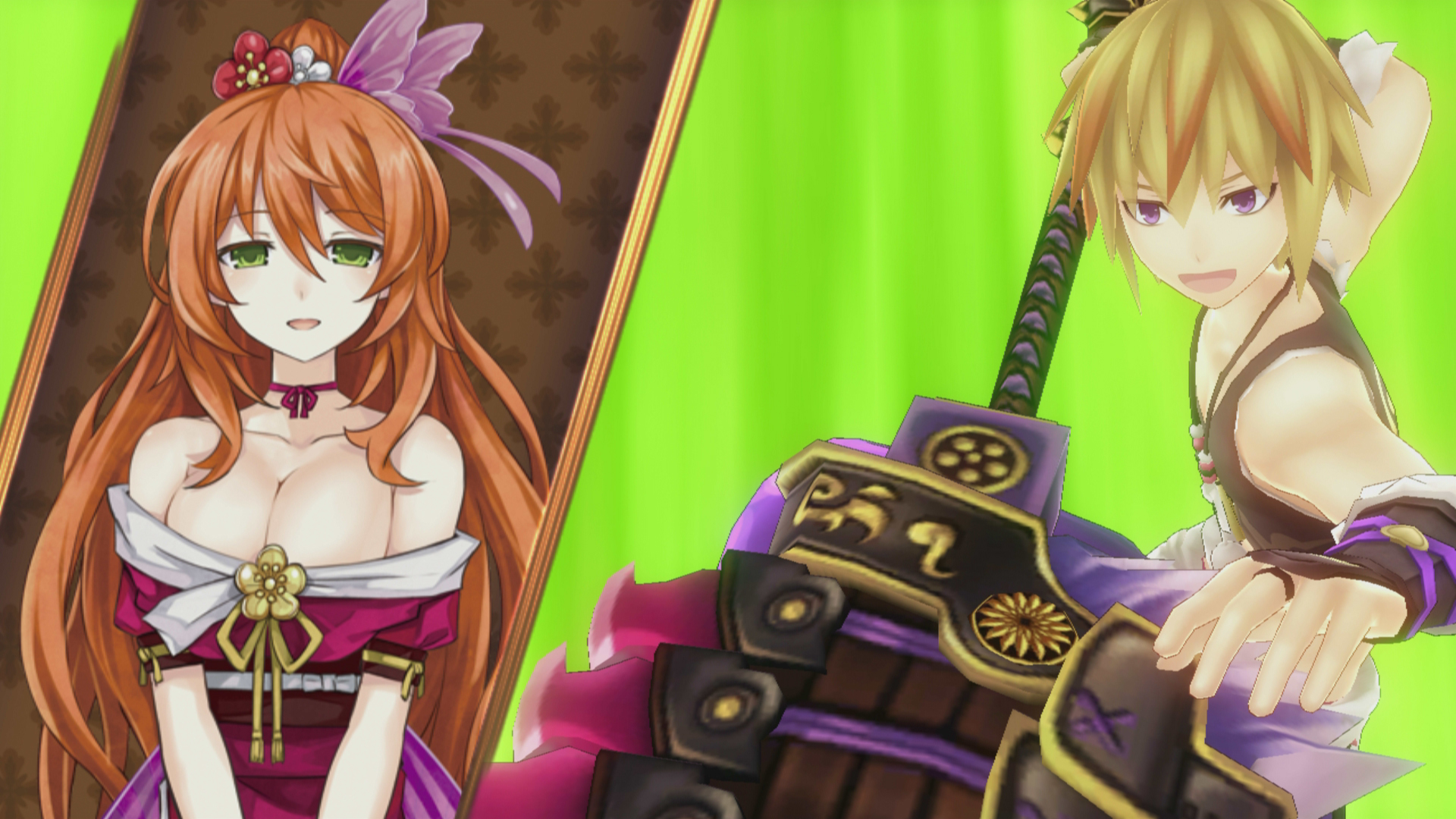
-
Fairy Fencer F Screen 24
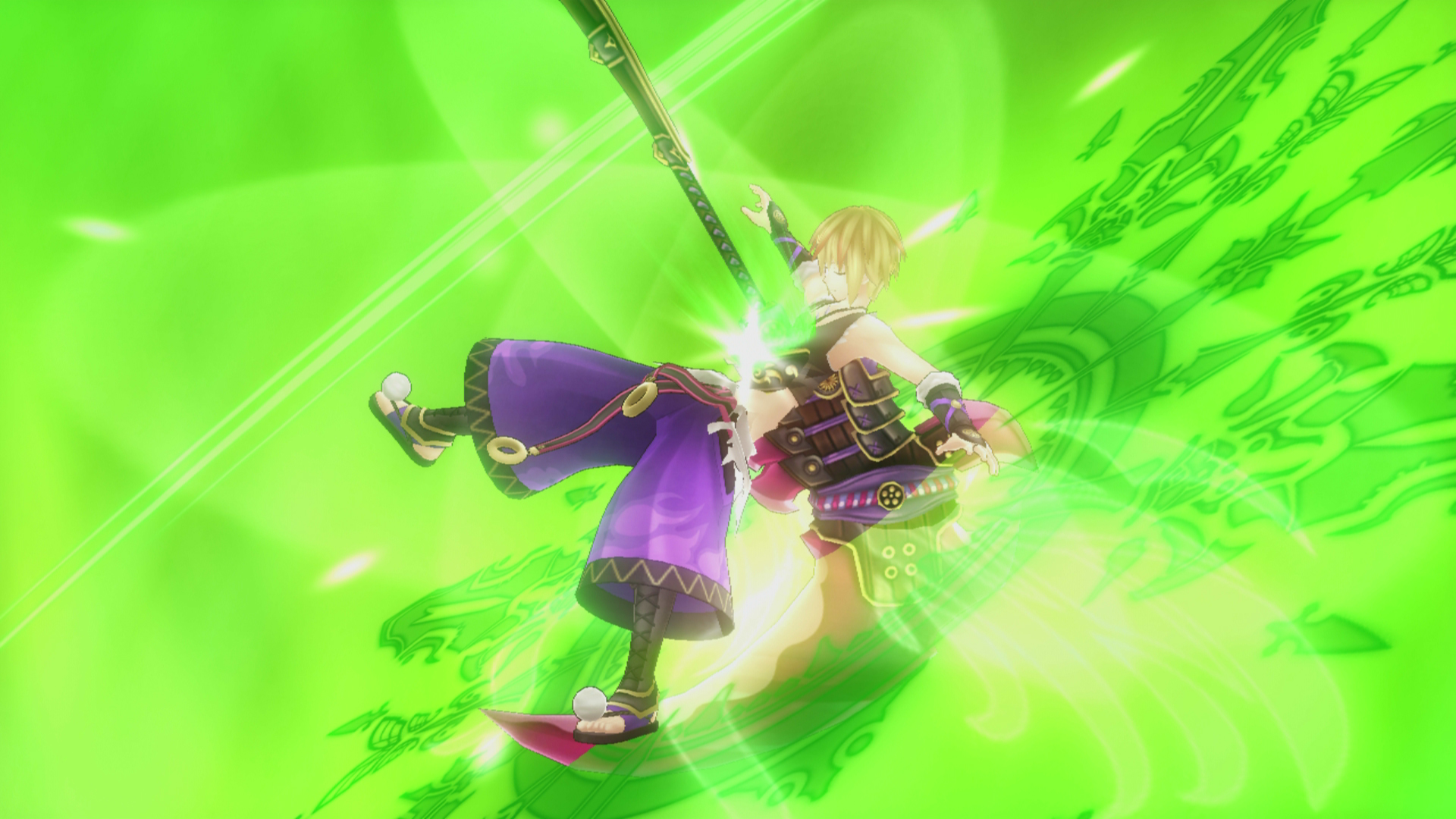
-
Fairy Fencer F Screen 25

-
Fairy Fencer F Screen 26
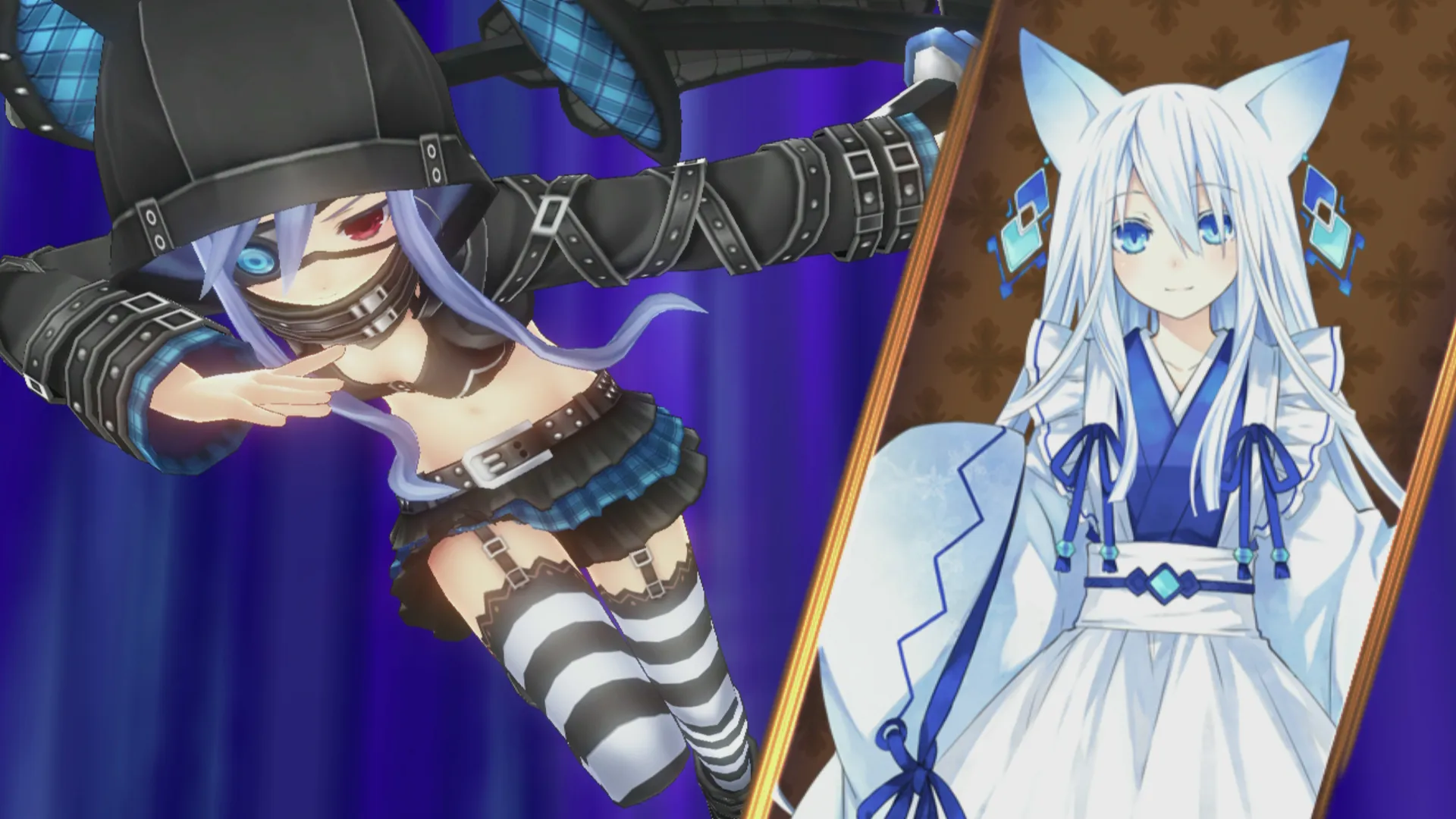
-
Fairy Fencer F Screen 27
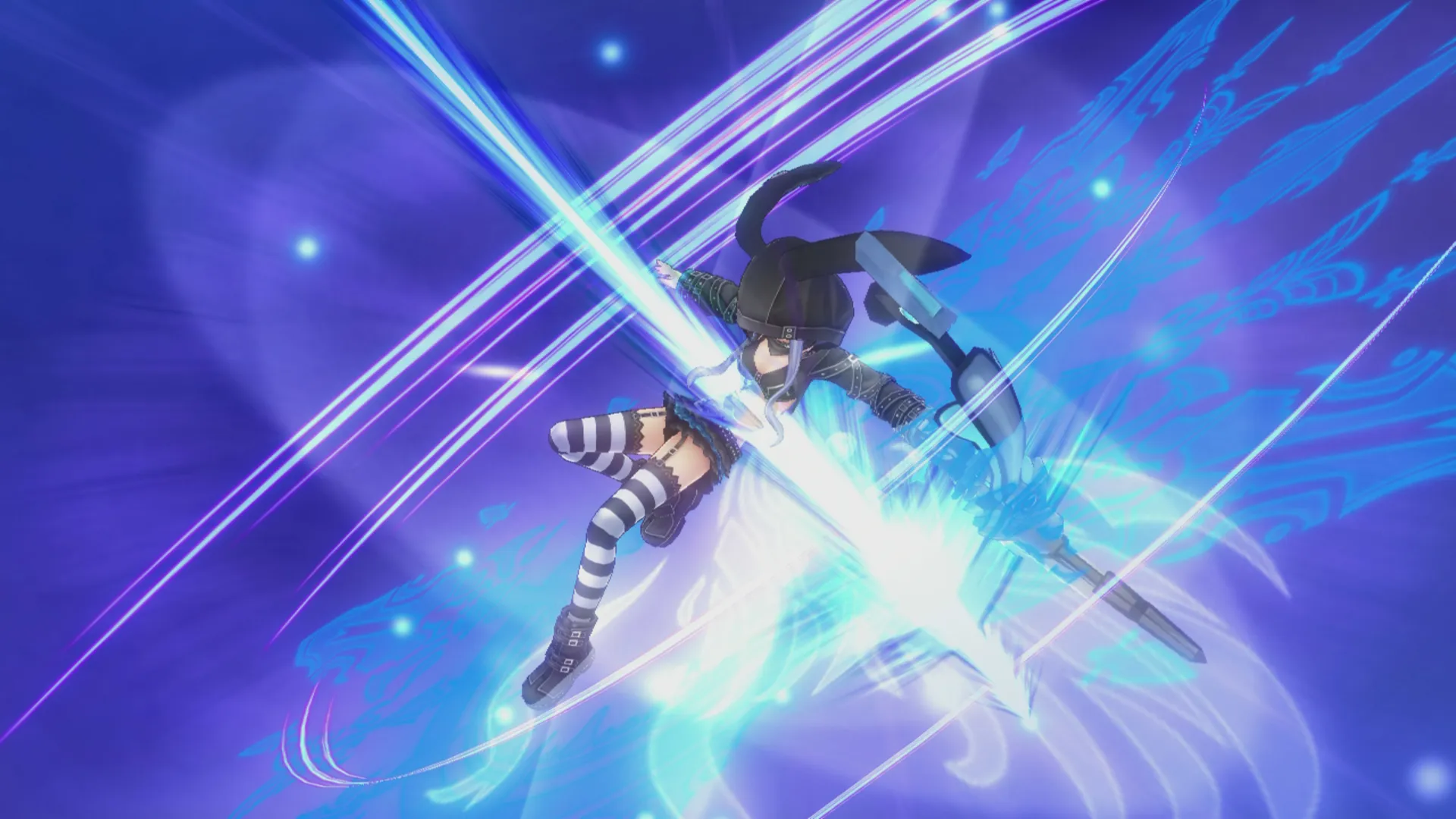
-
Fairy Fencer F Screen 28
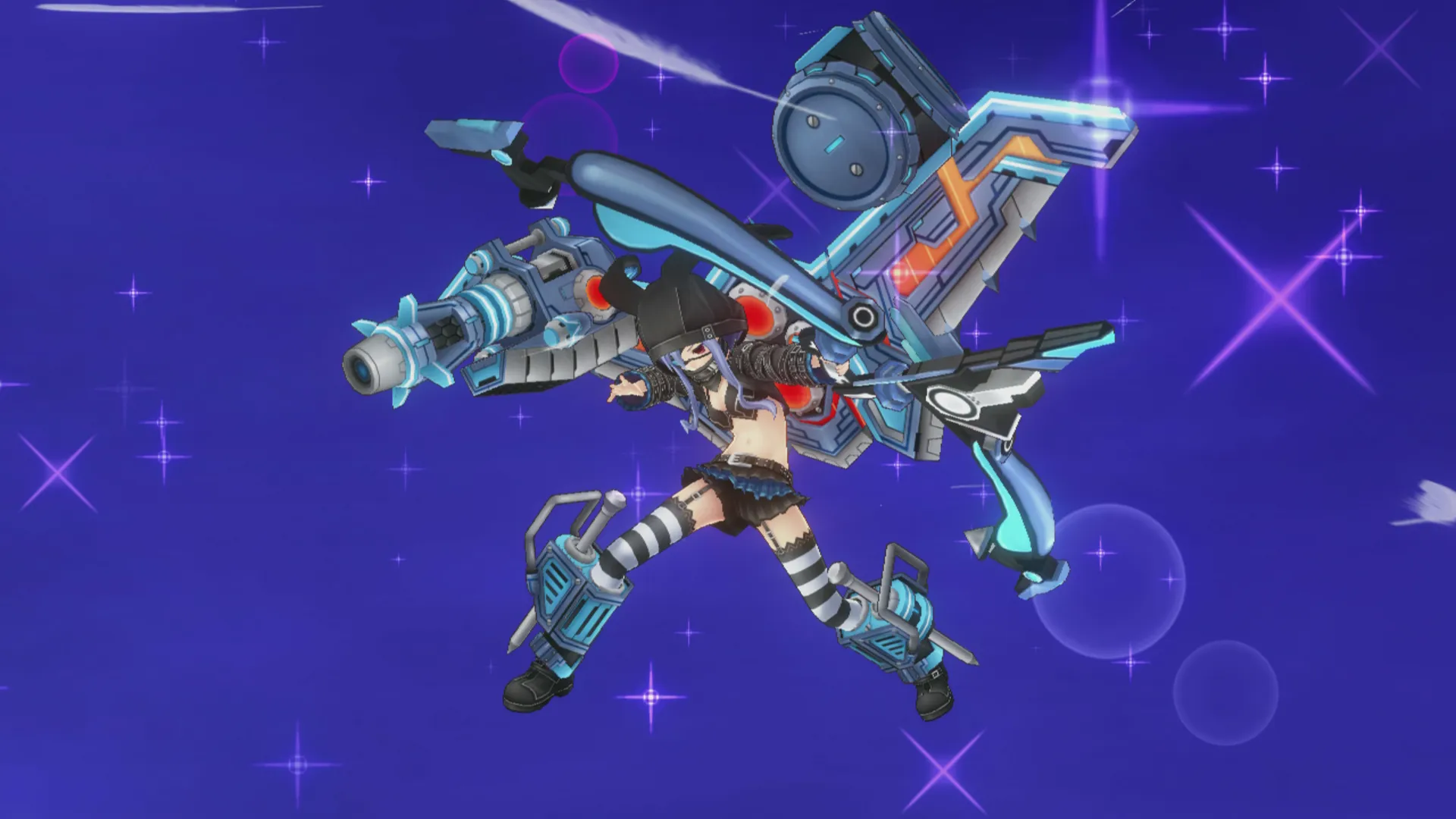
-
Fairy Fencer F Screen 29
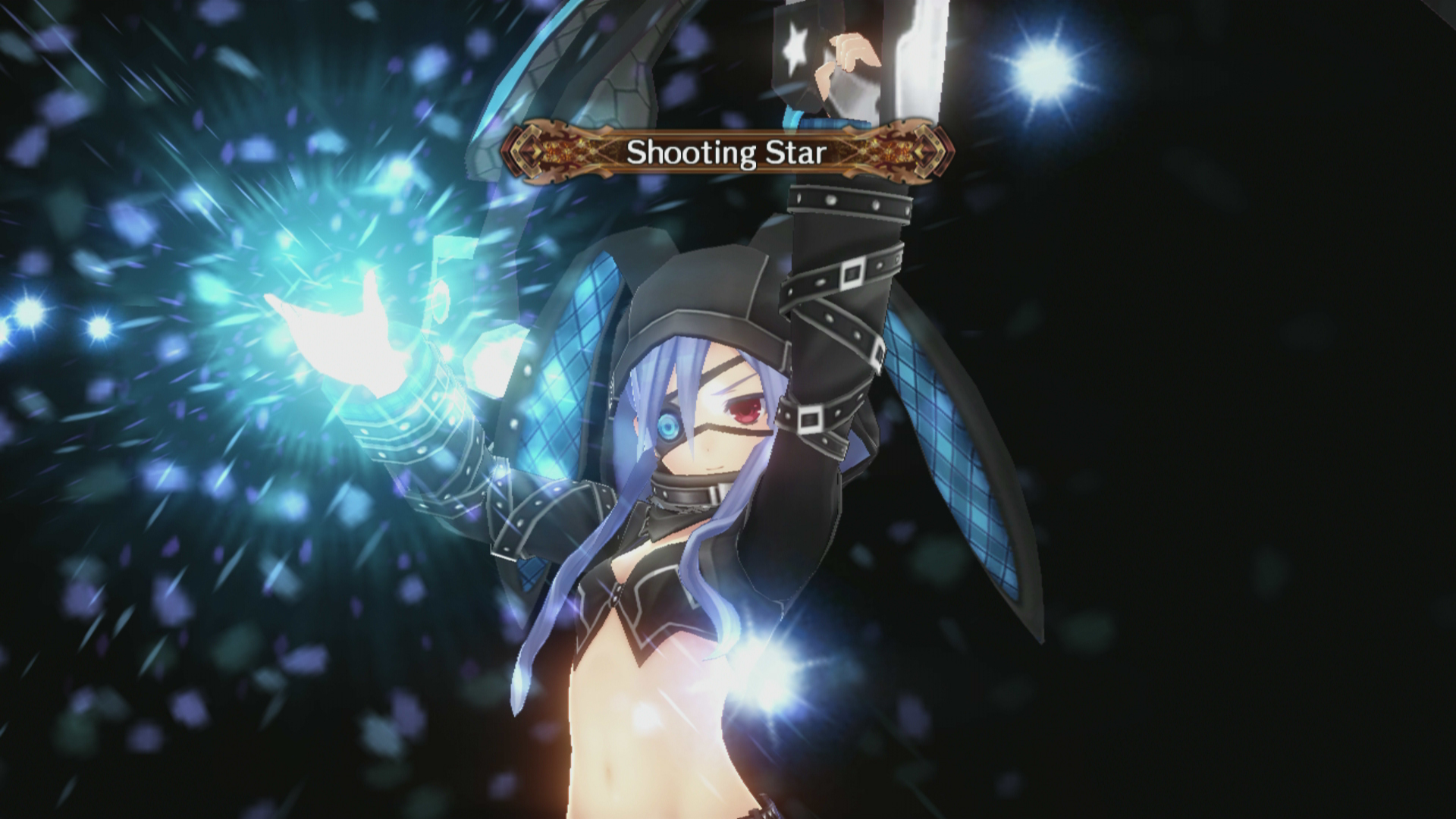
-
Fairy Fencer F Screen 30
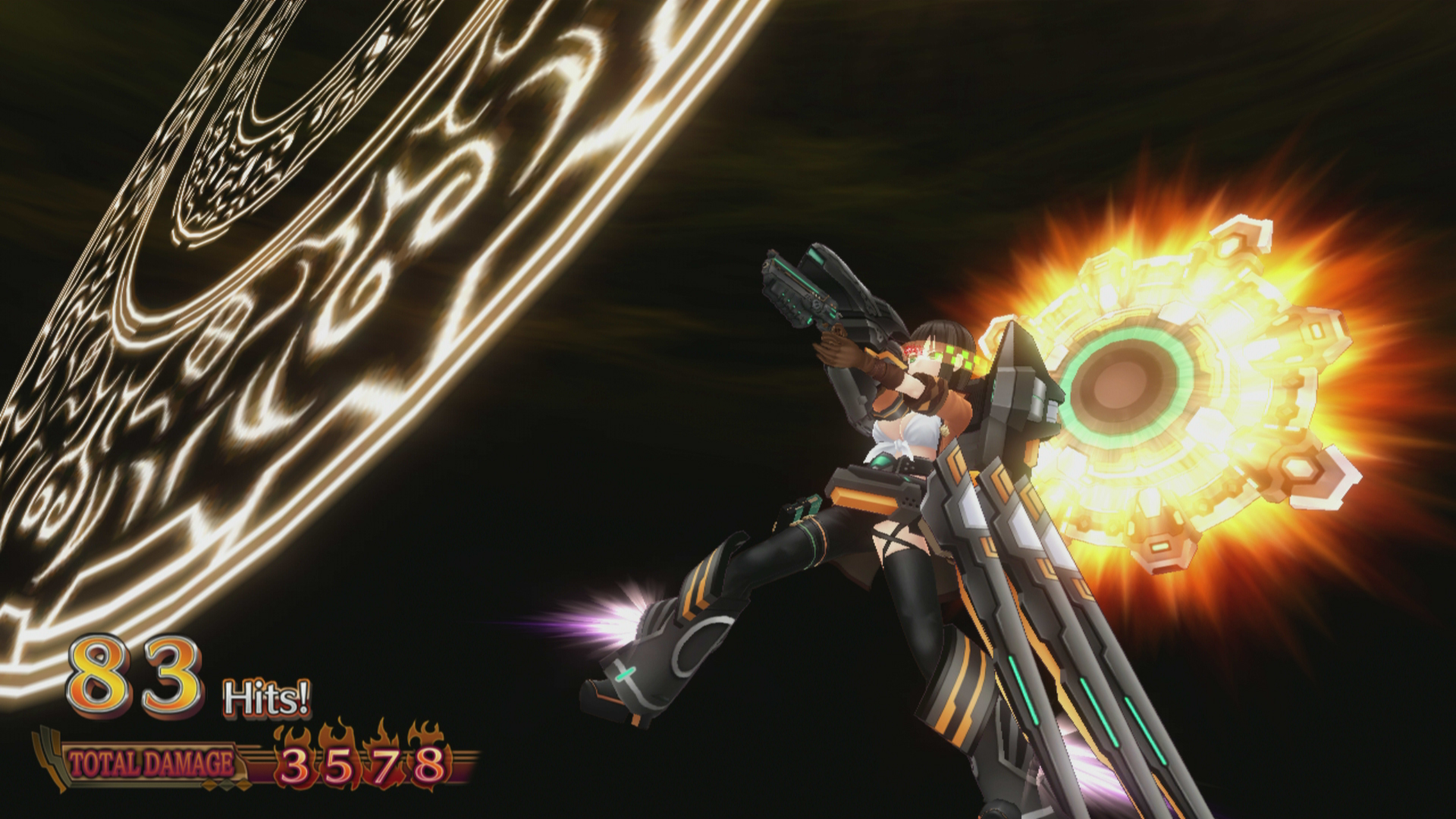
-
Fairy Fencer F Screen 31

-
Fairy Fencer F Screen 32
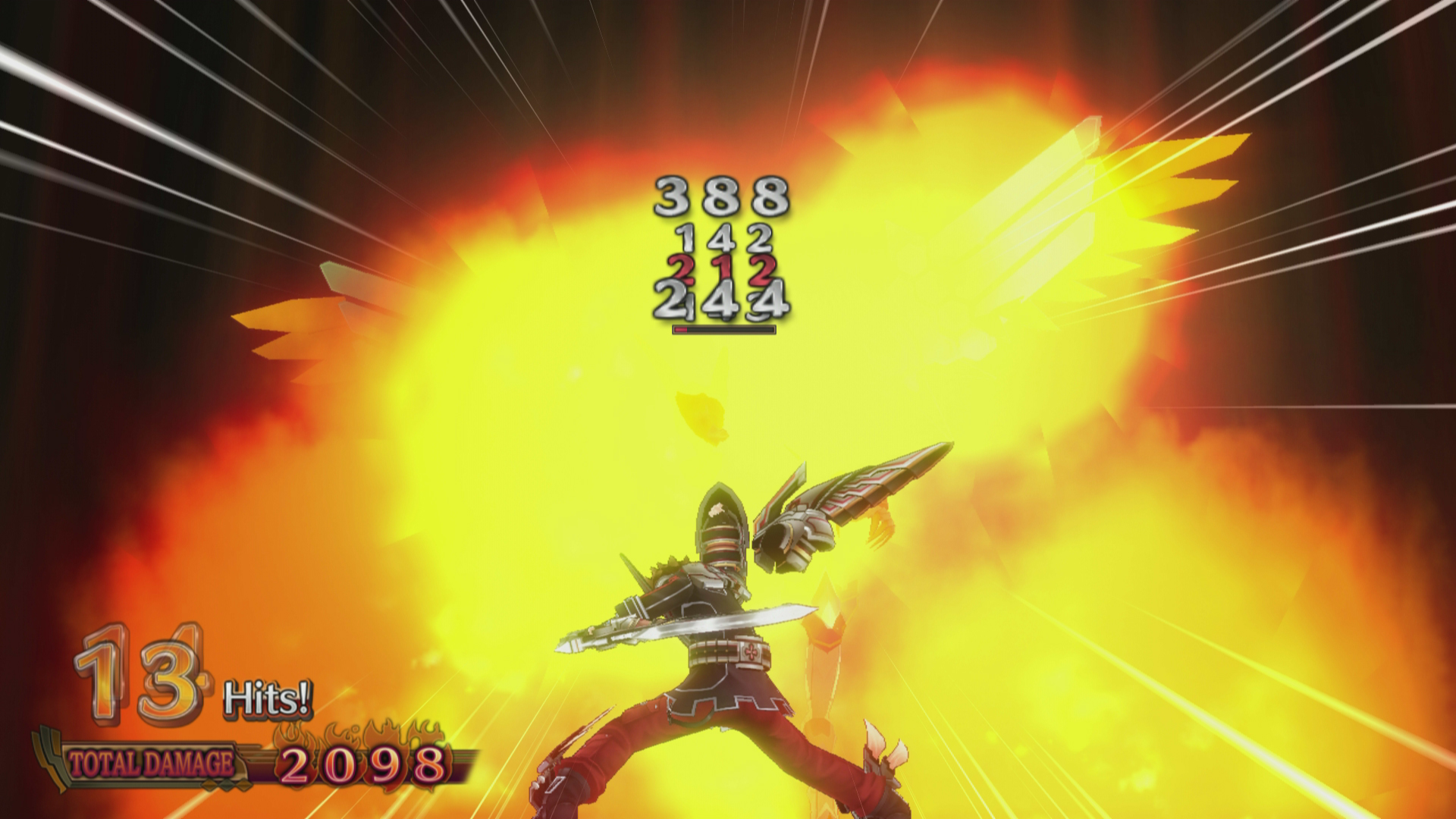
-
Fairy Fencer F Screen 33
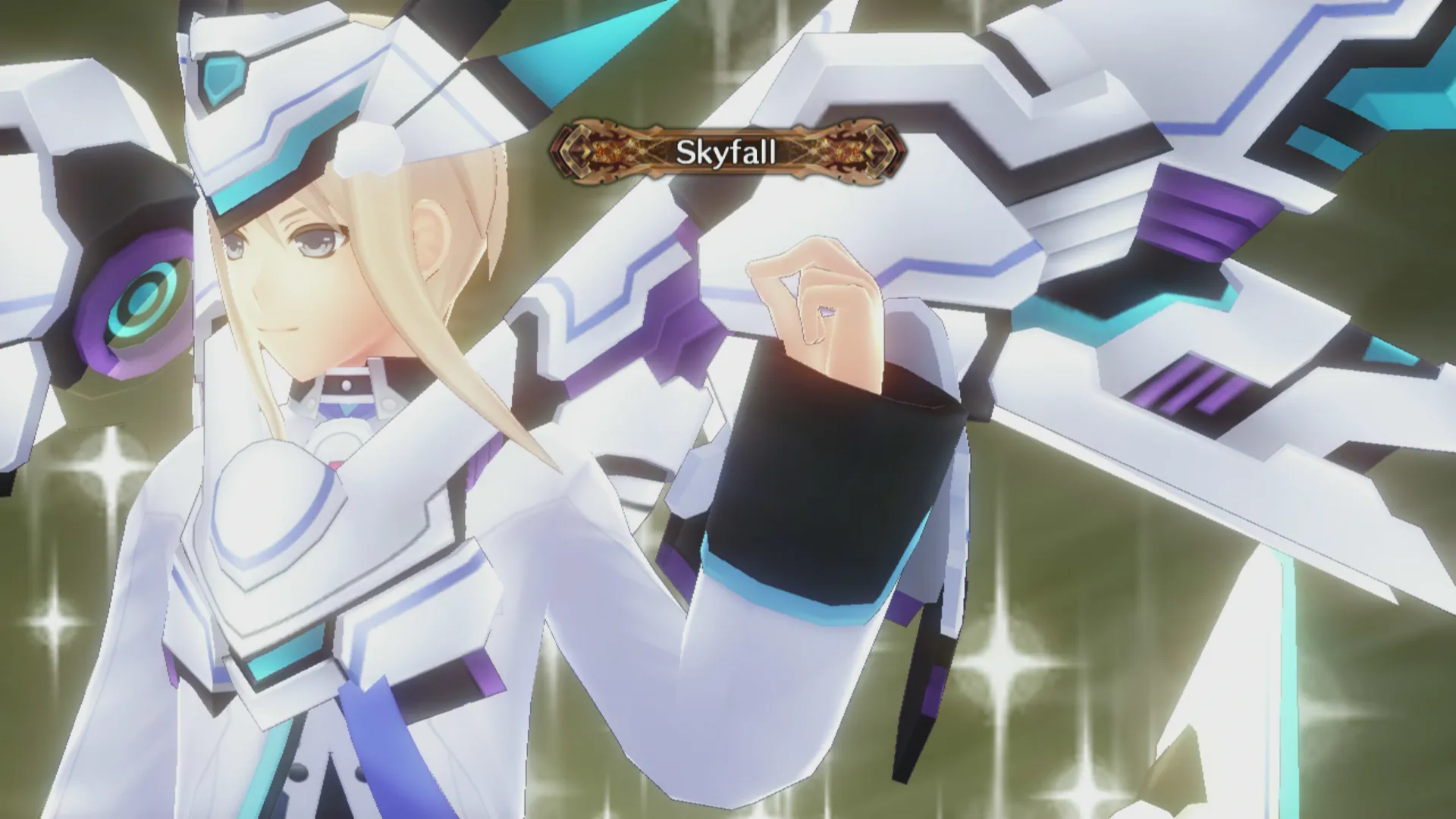
-
Fairy Fencer F Screen 34

-
Fairy Fencer F Screen 35

-
Fairy Fencer F Screen 36
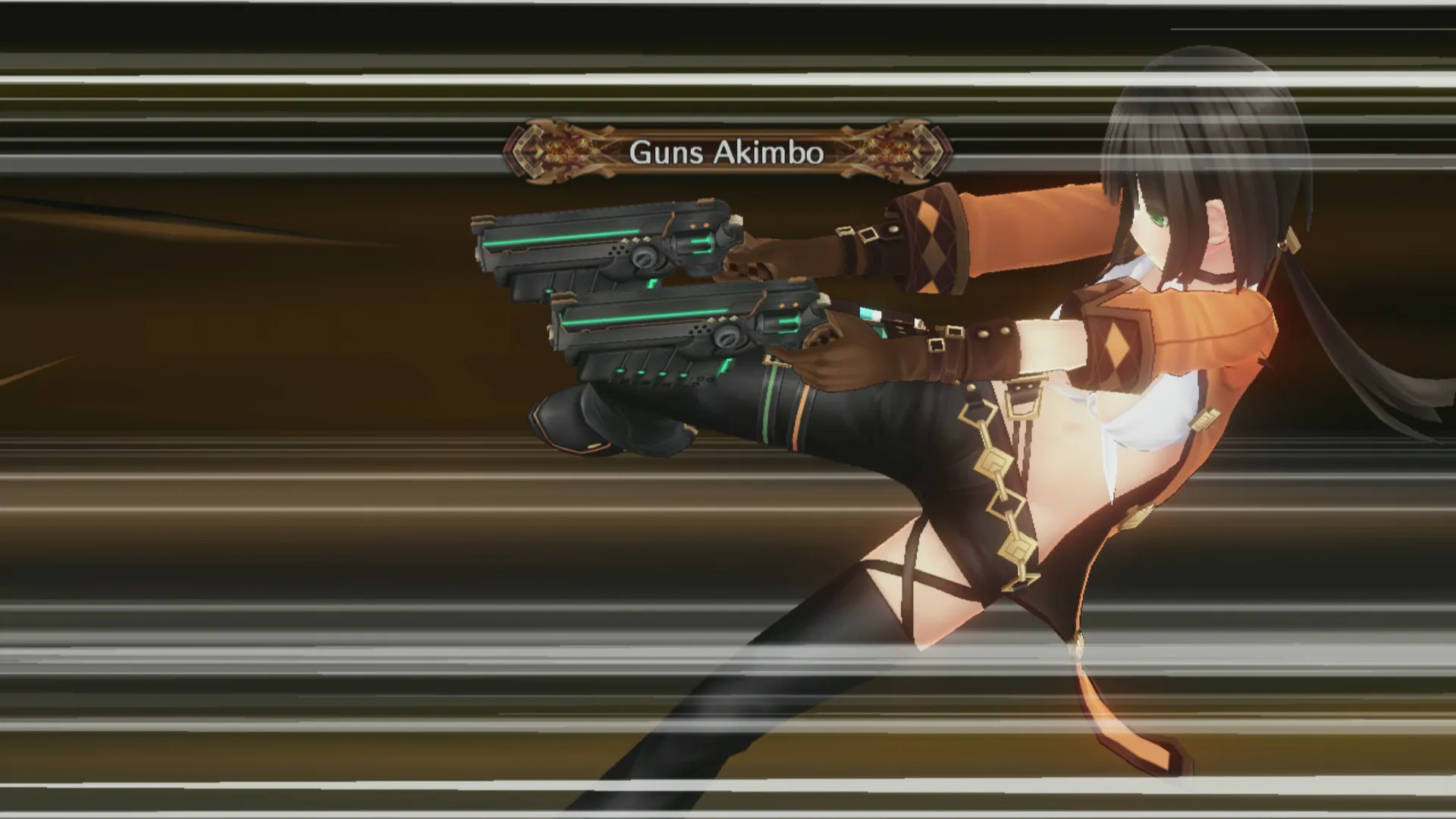
-
Fairy Fencer F Screen 37
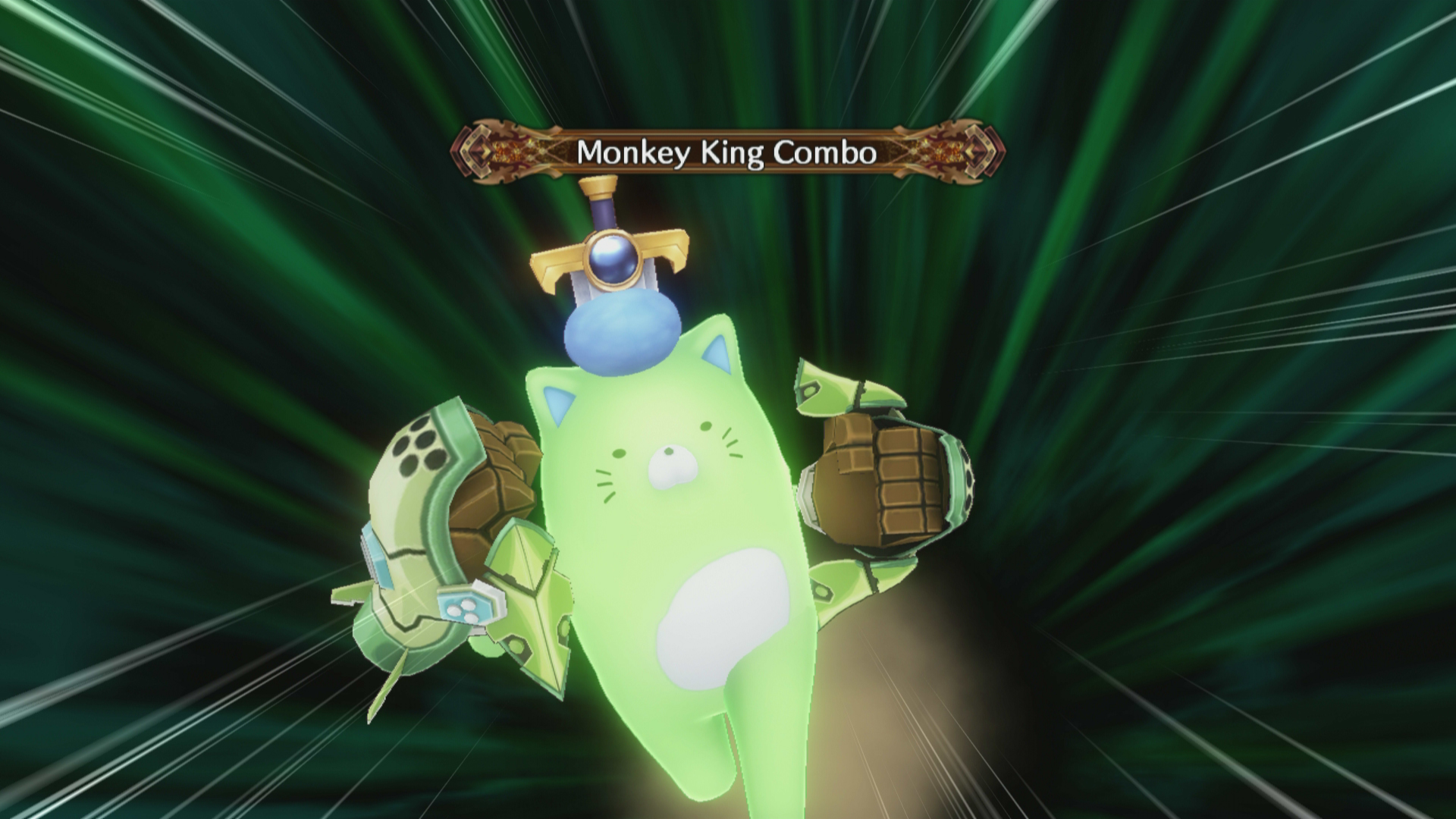
-
Fairy Fencer F Screen 38
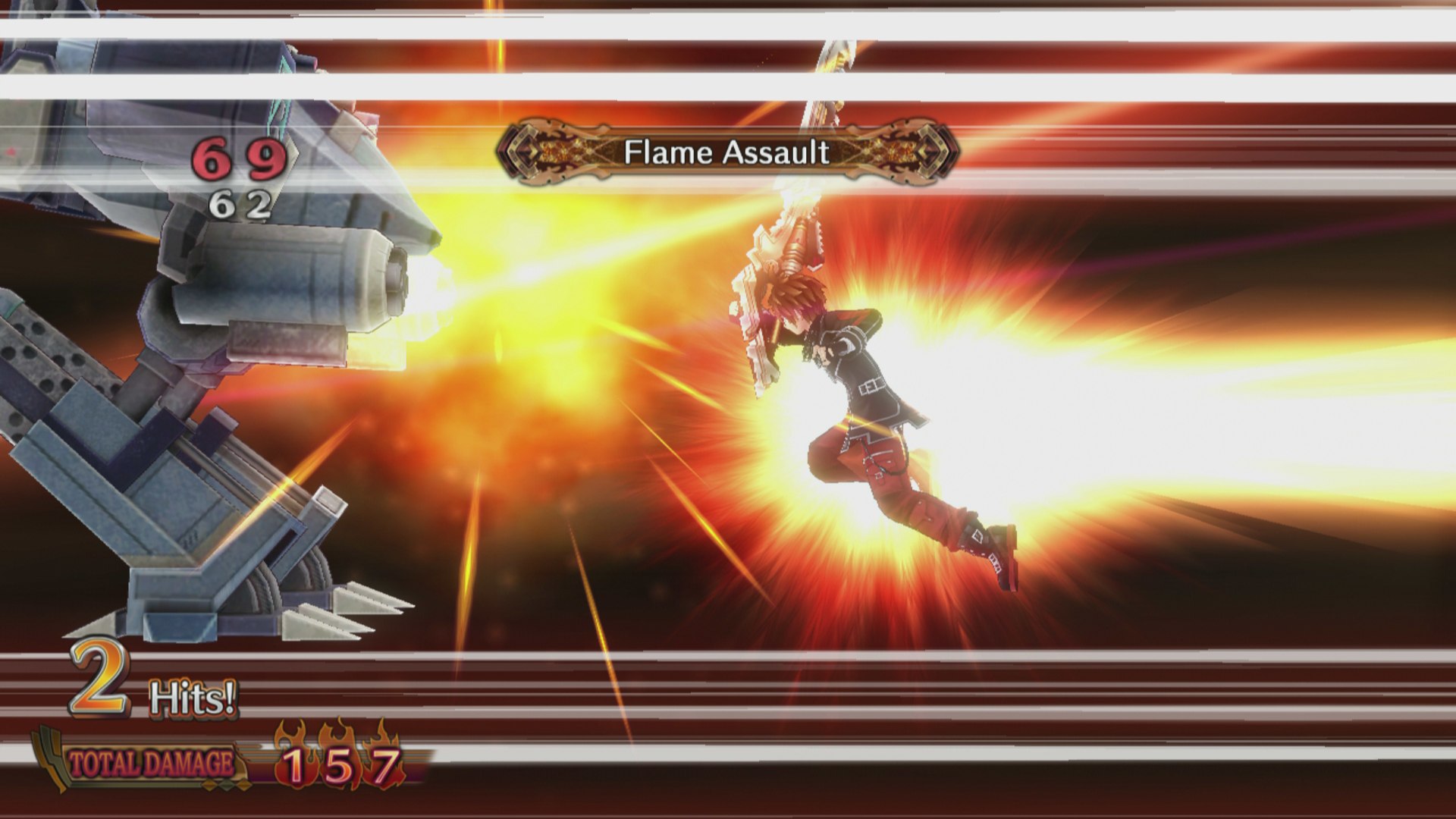
-
Fairy Fencer F Screen 39
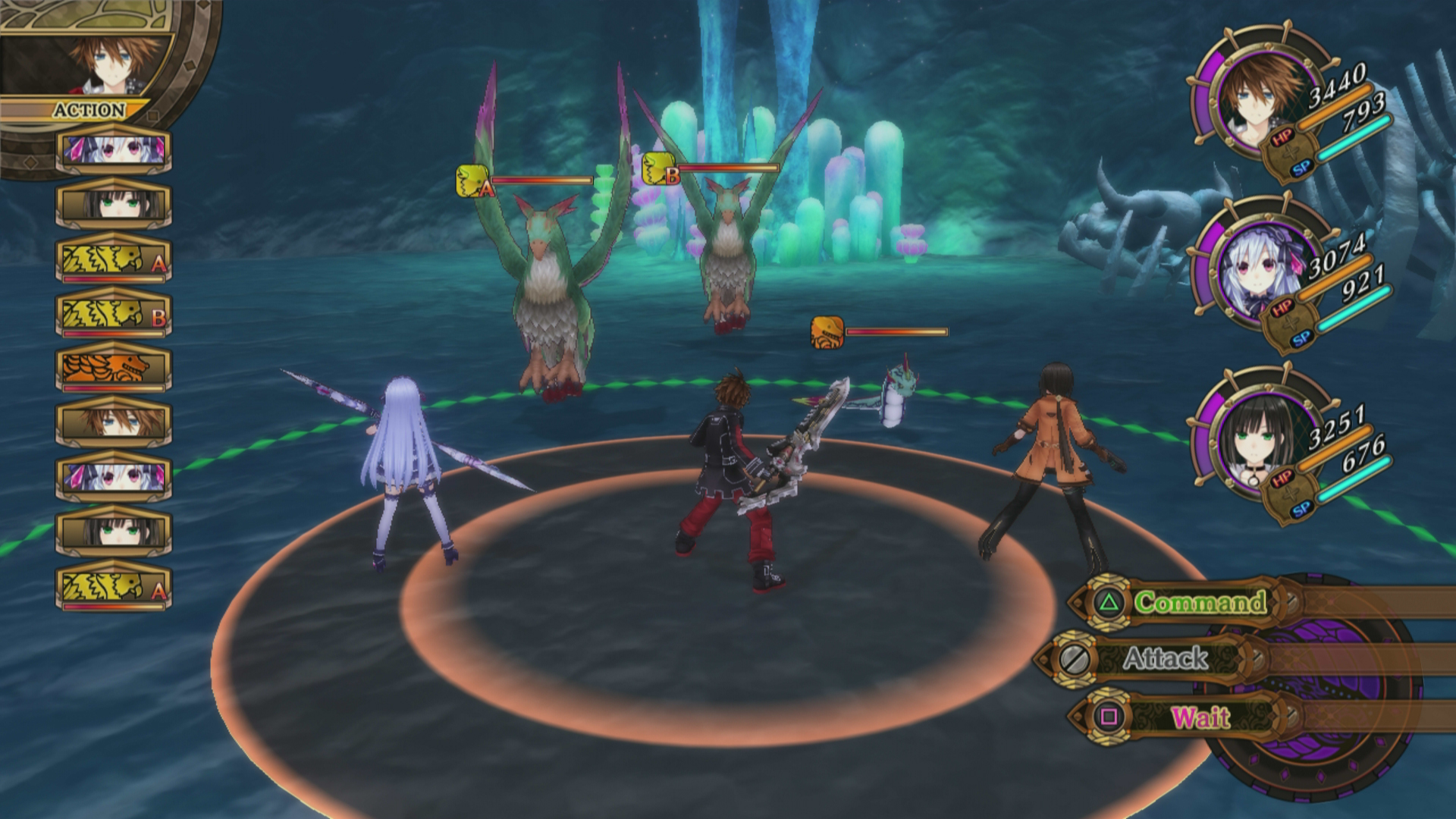
-
Fairy Fencer F Screen 40
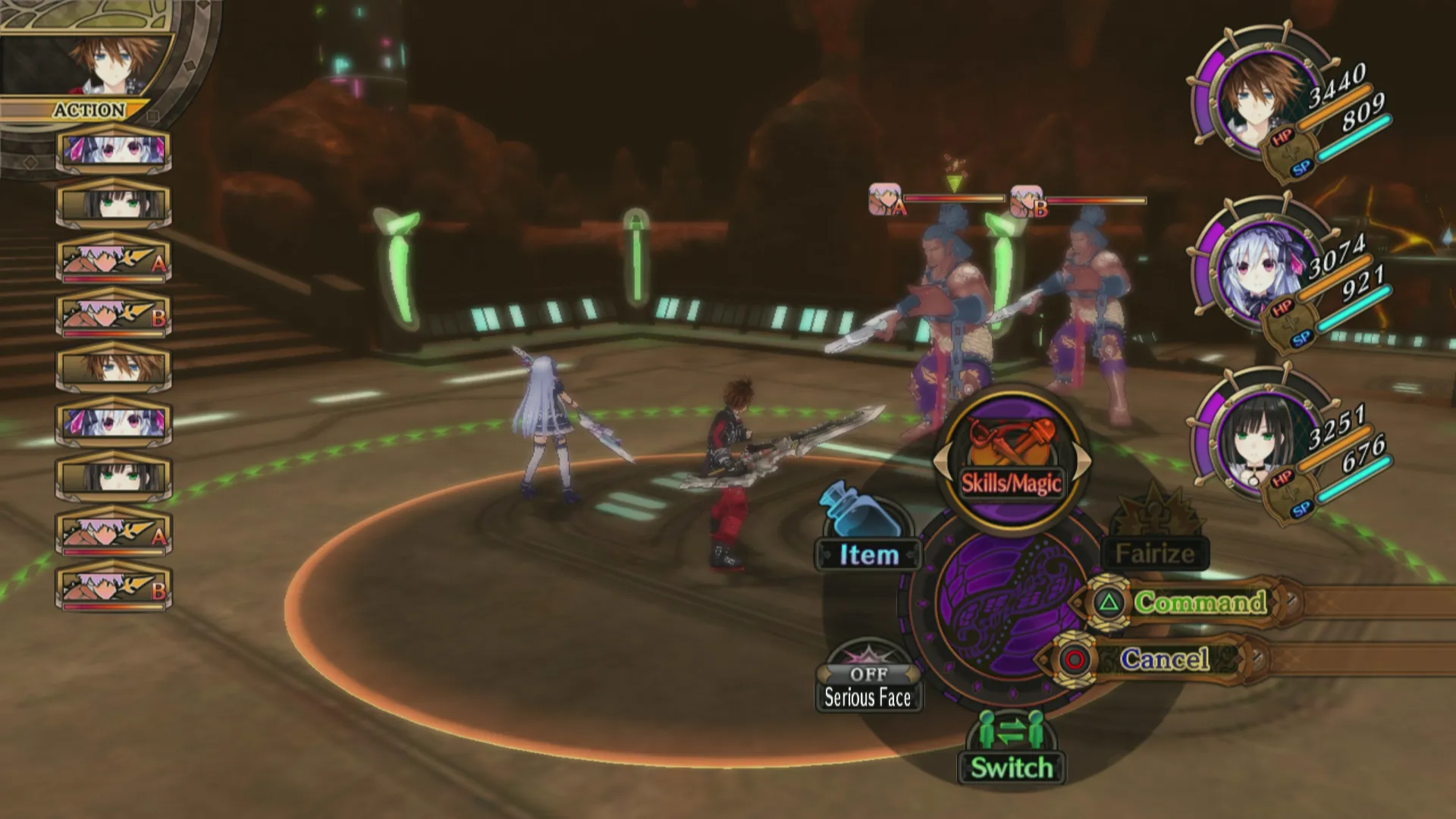
-
Fairy Fencer F Screen 41

-
Fairy Fencer F Screen 42
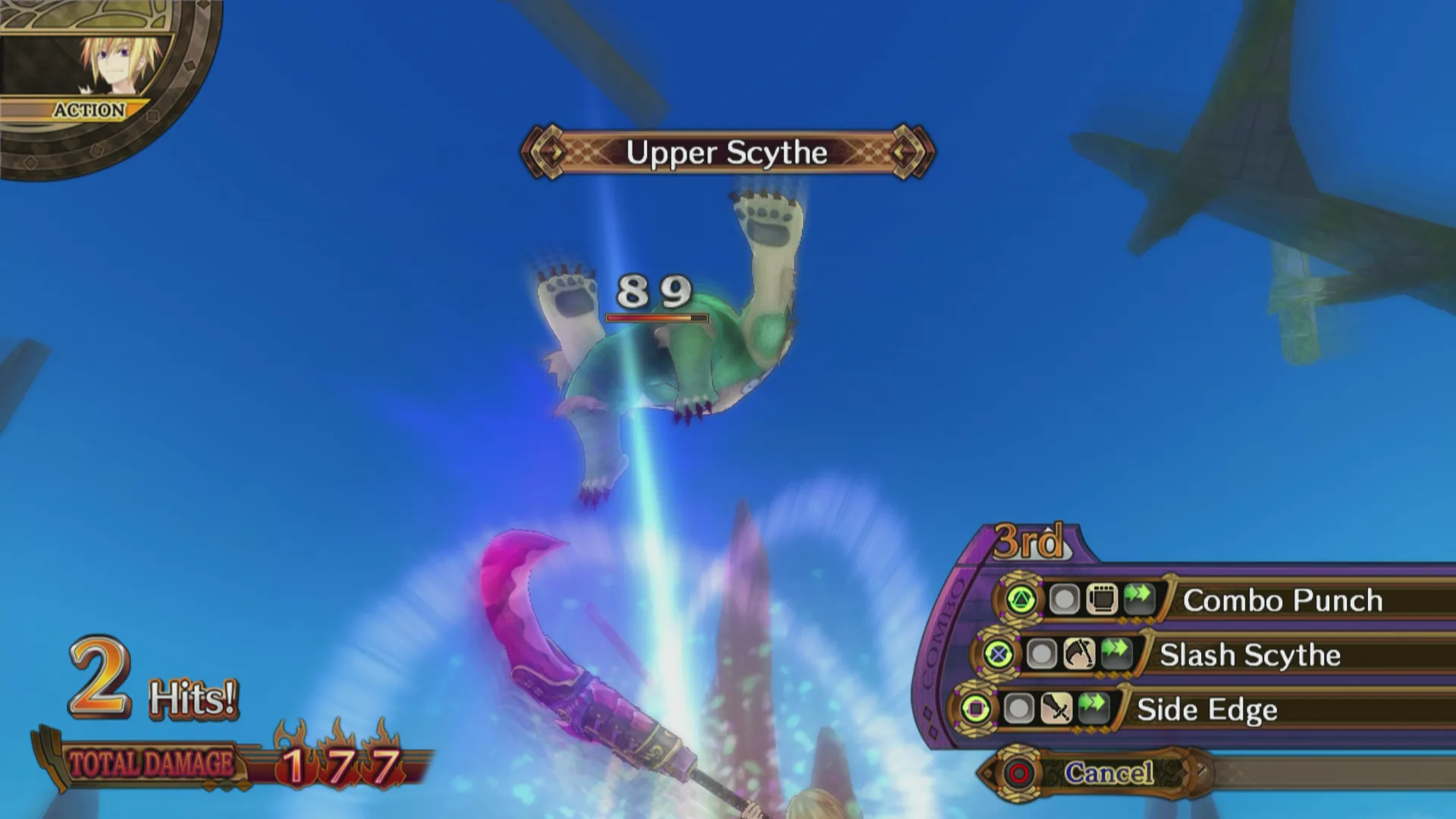
-
Fairy Fencer F Screen 43
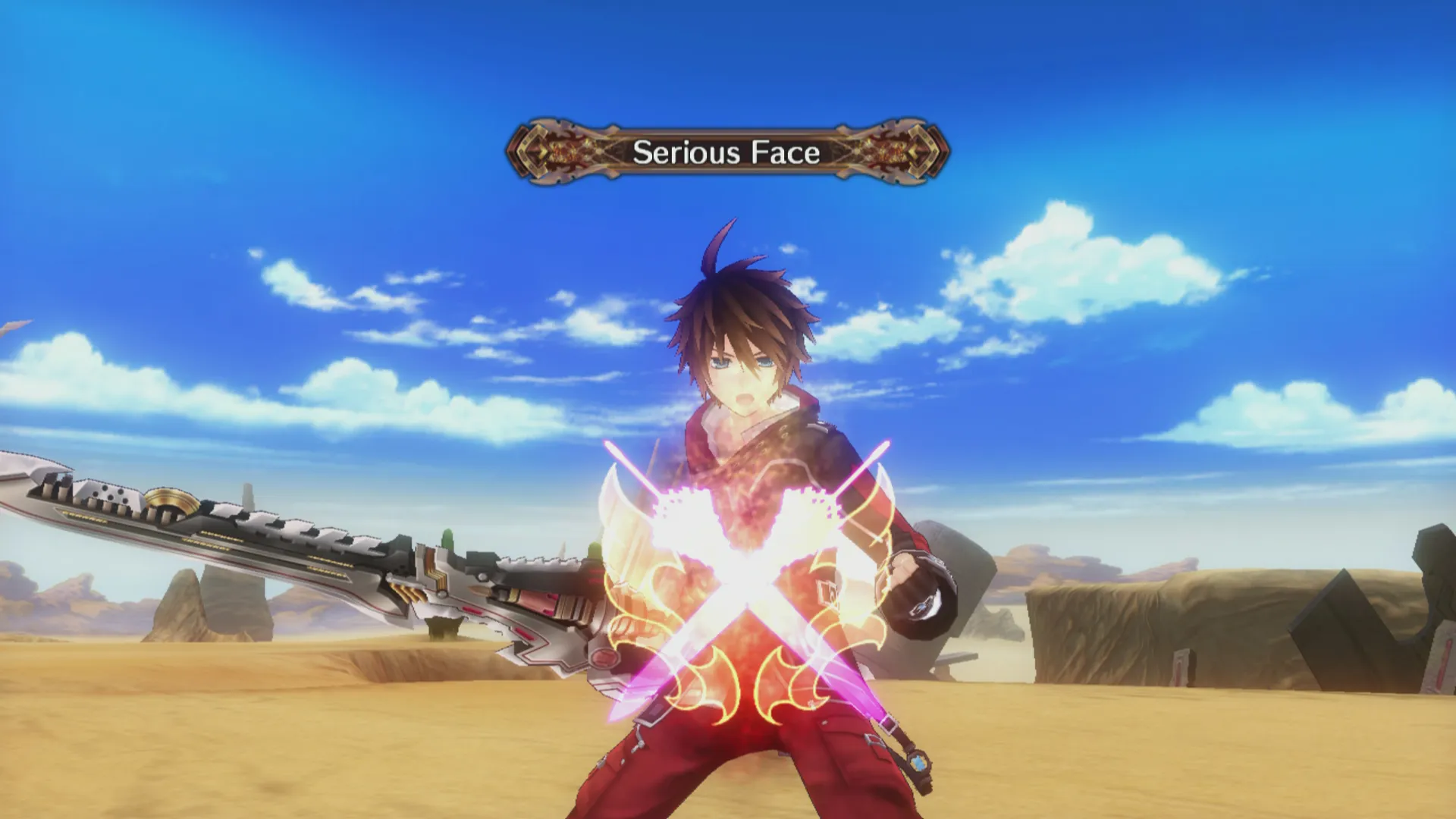
-
Fairy Fencer F Screen 44
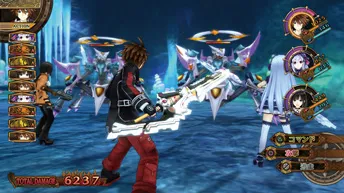
-
Fairy Fencer F Screen 45
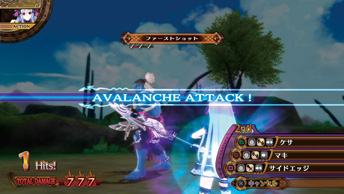
-
Fairy Fencer F Screen 46
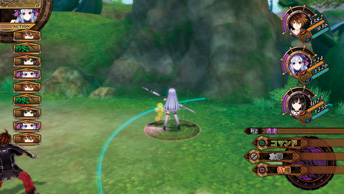
-
Fairy Fencer F Screen 47
